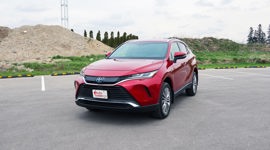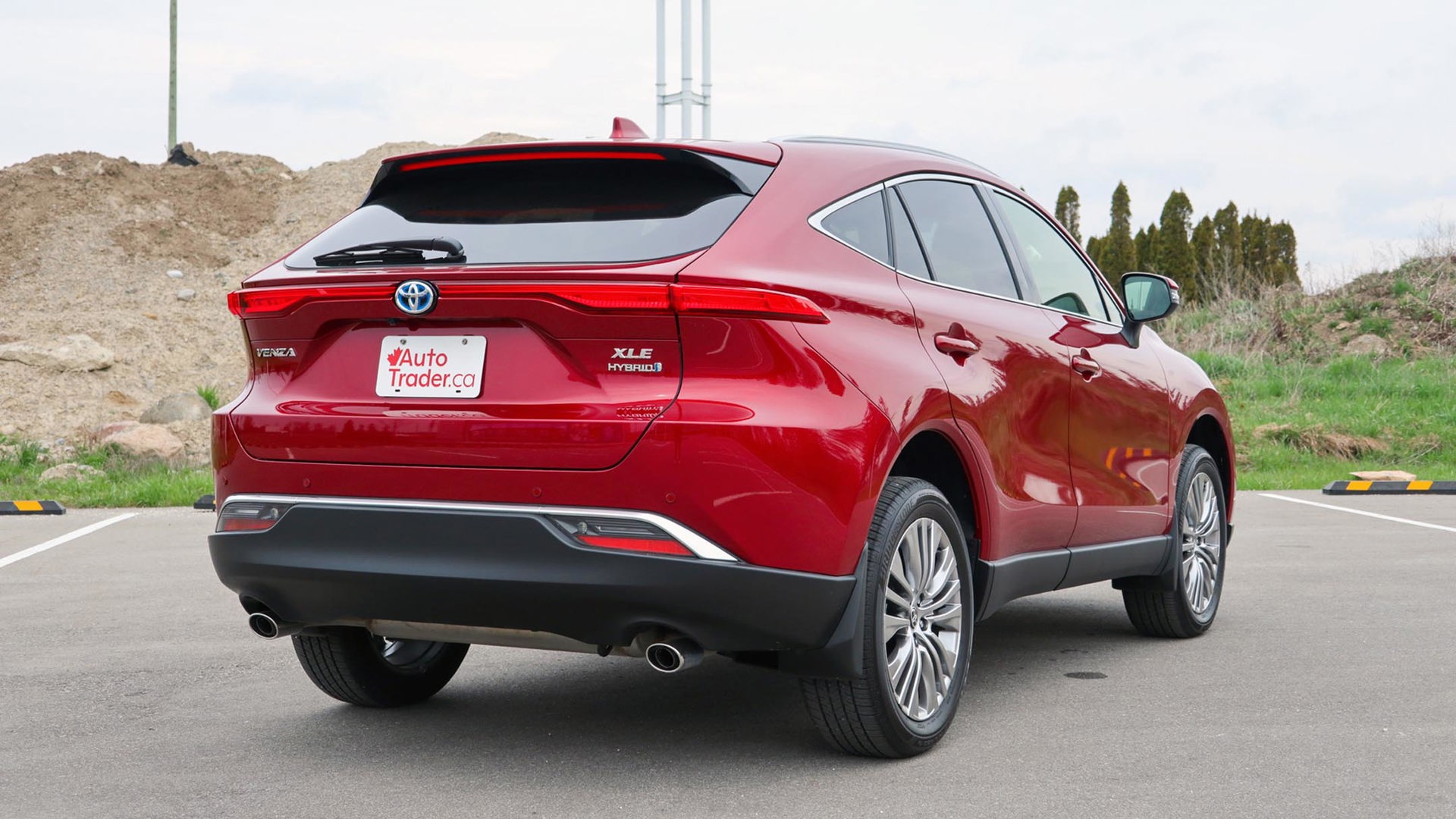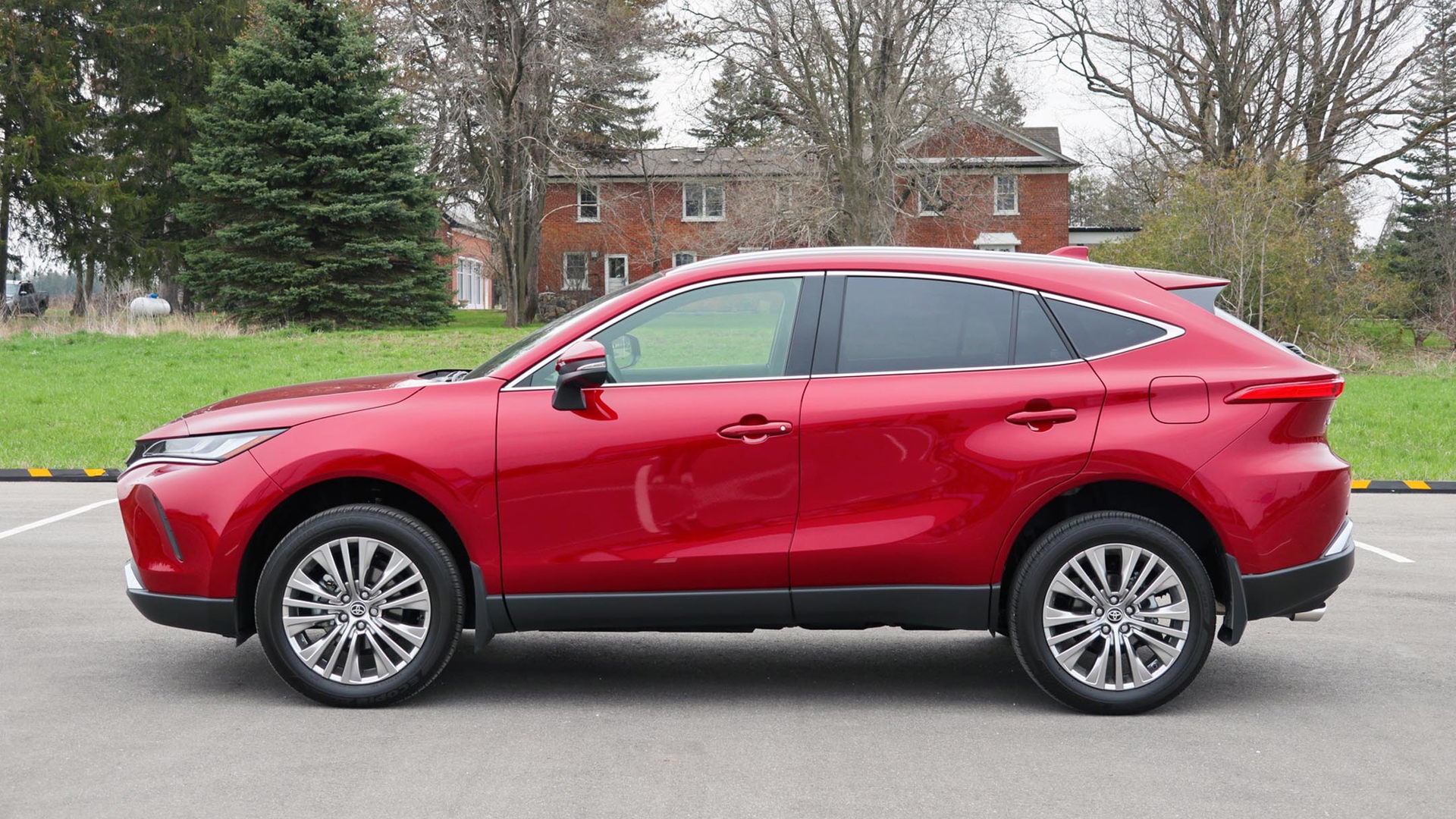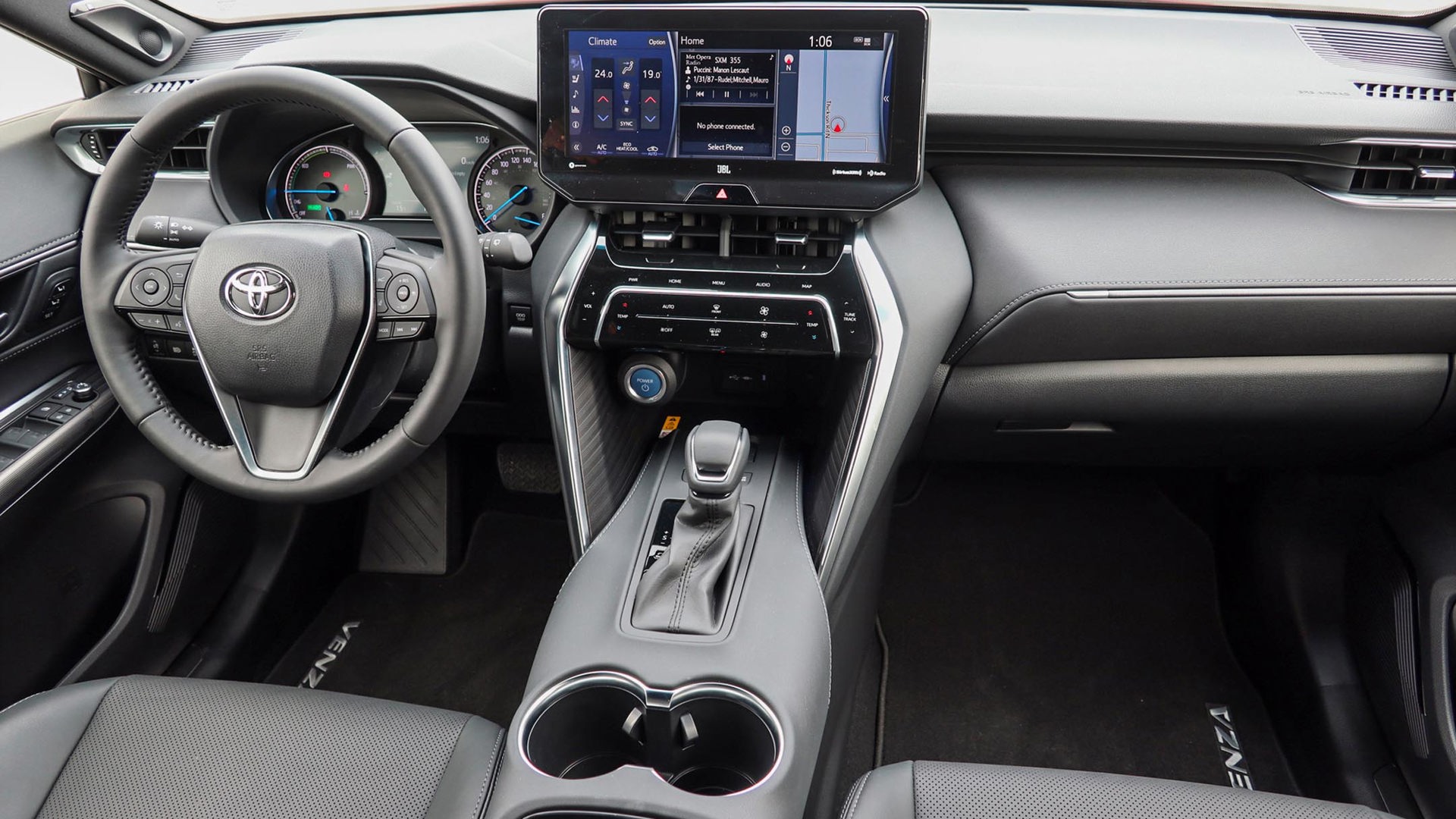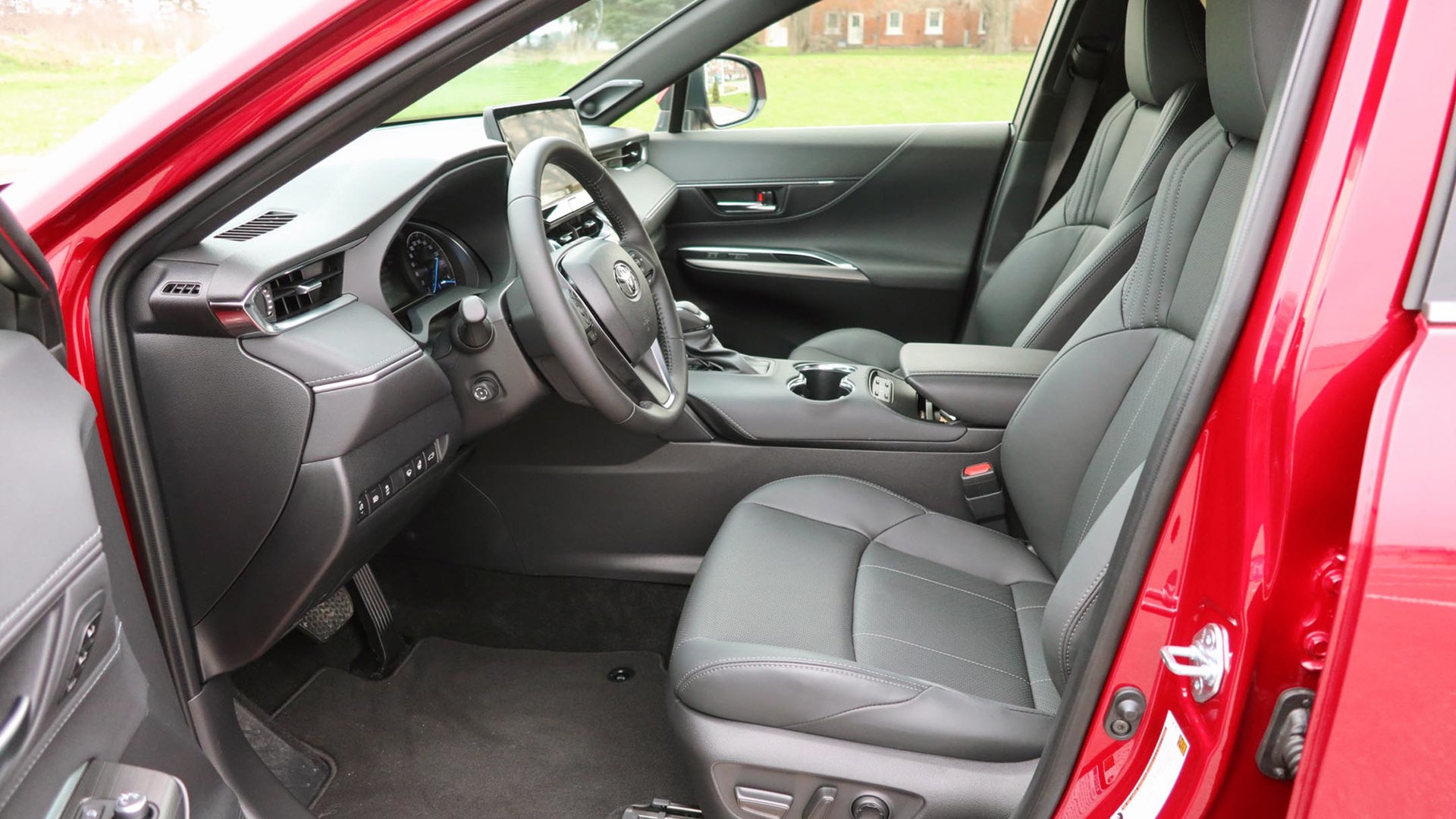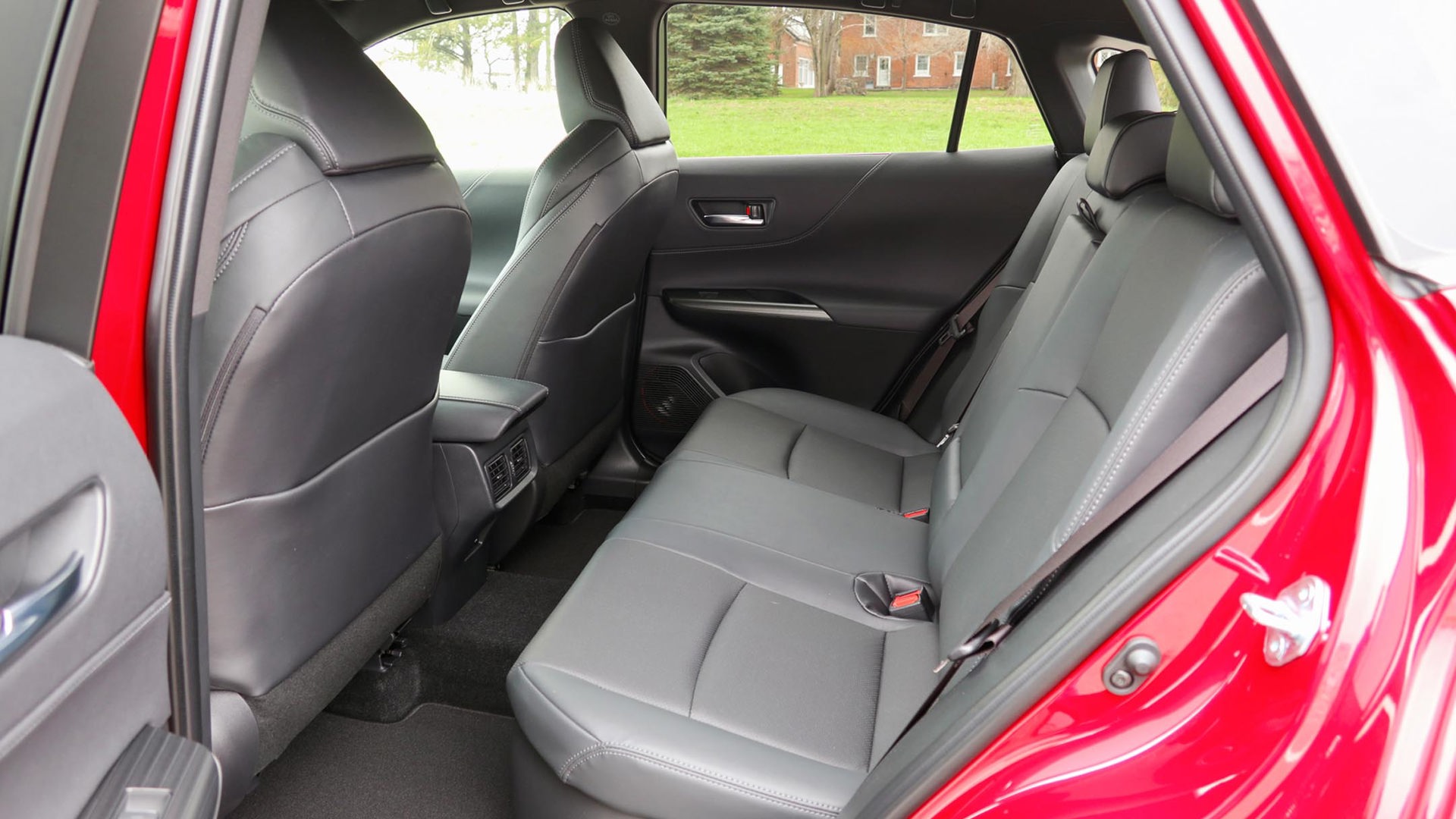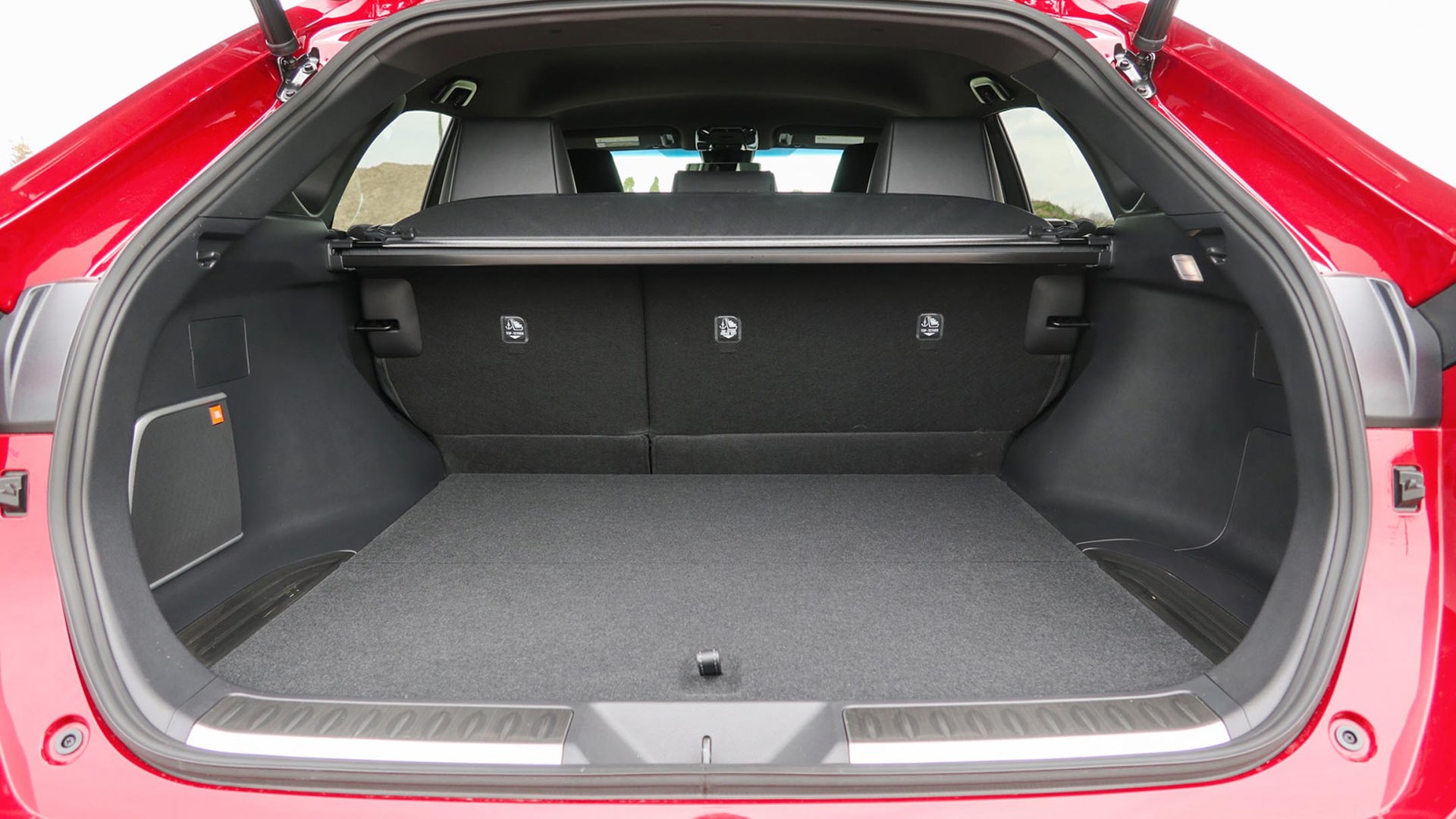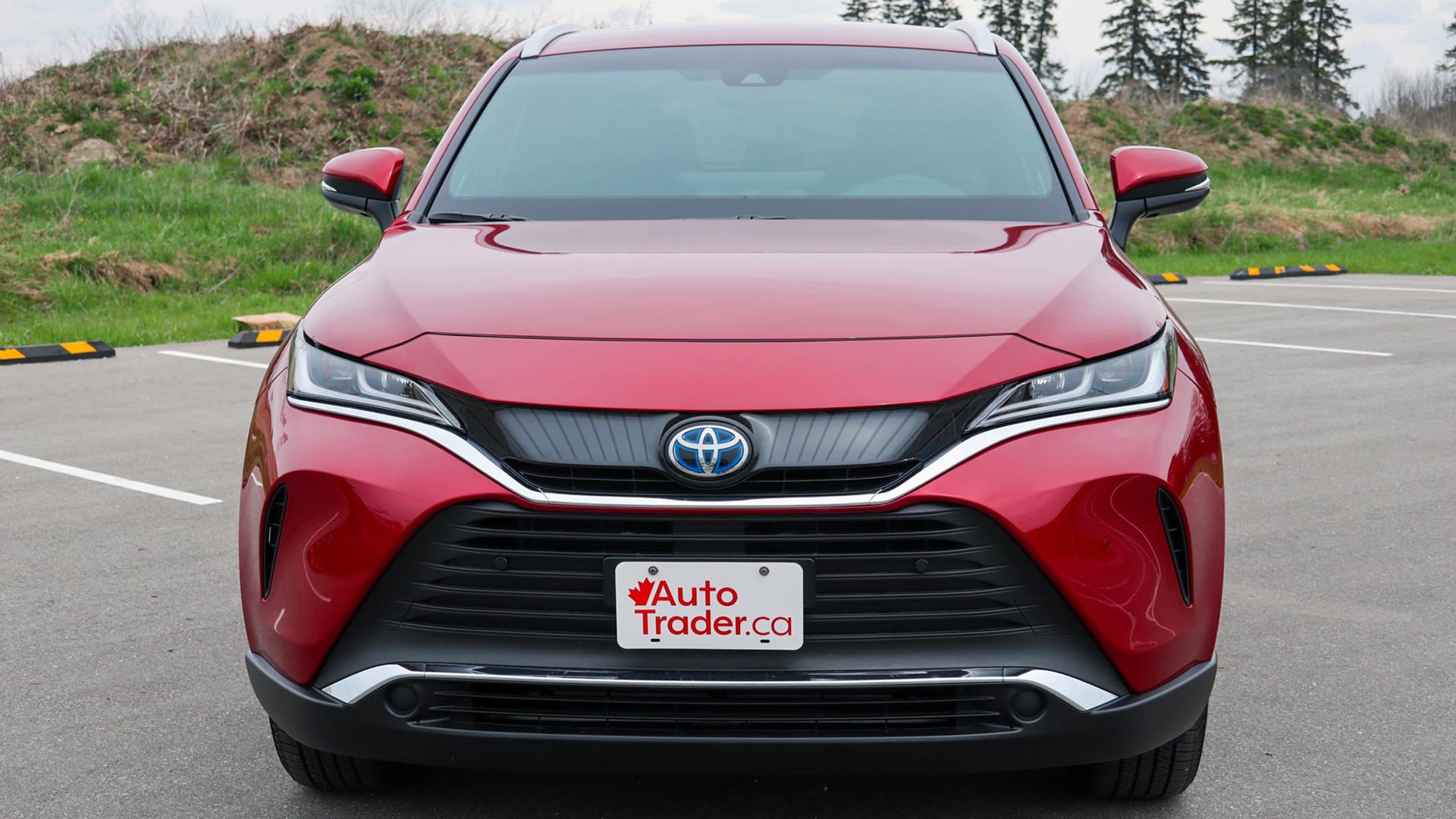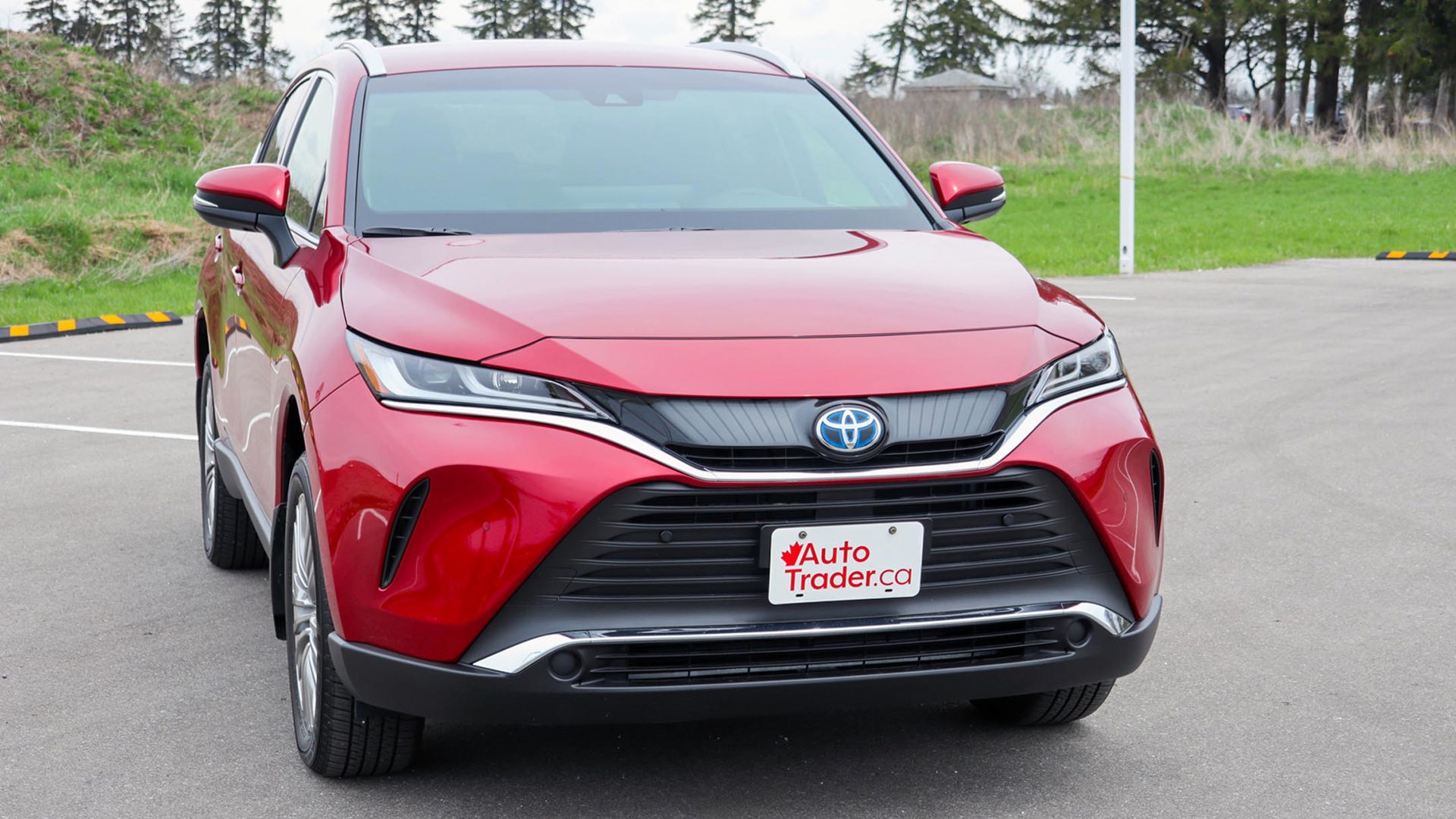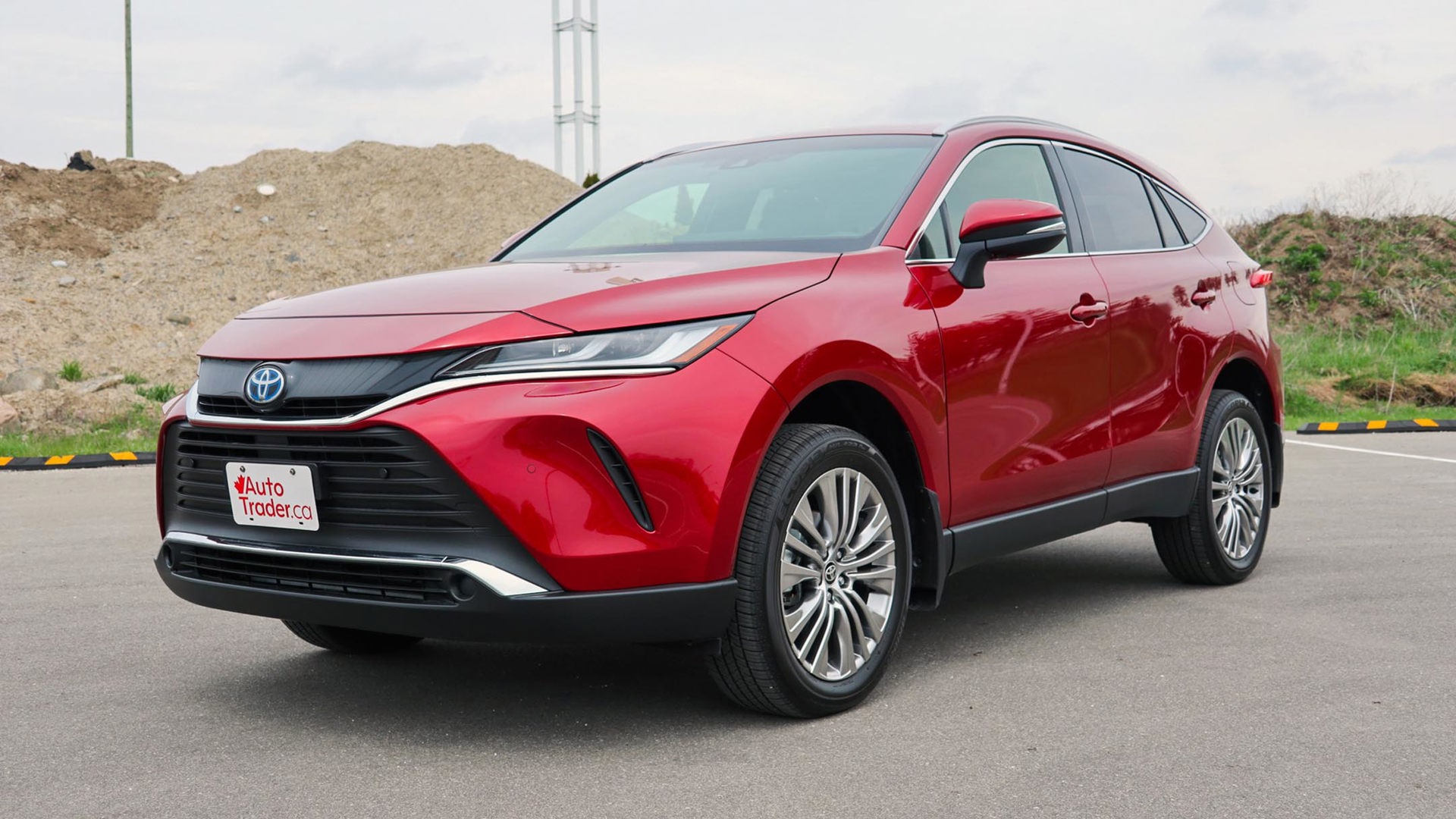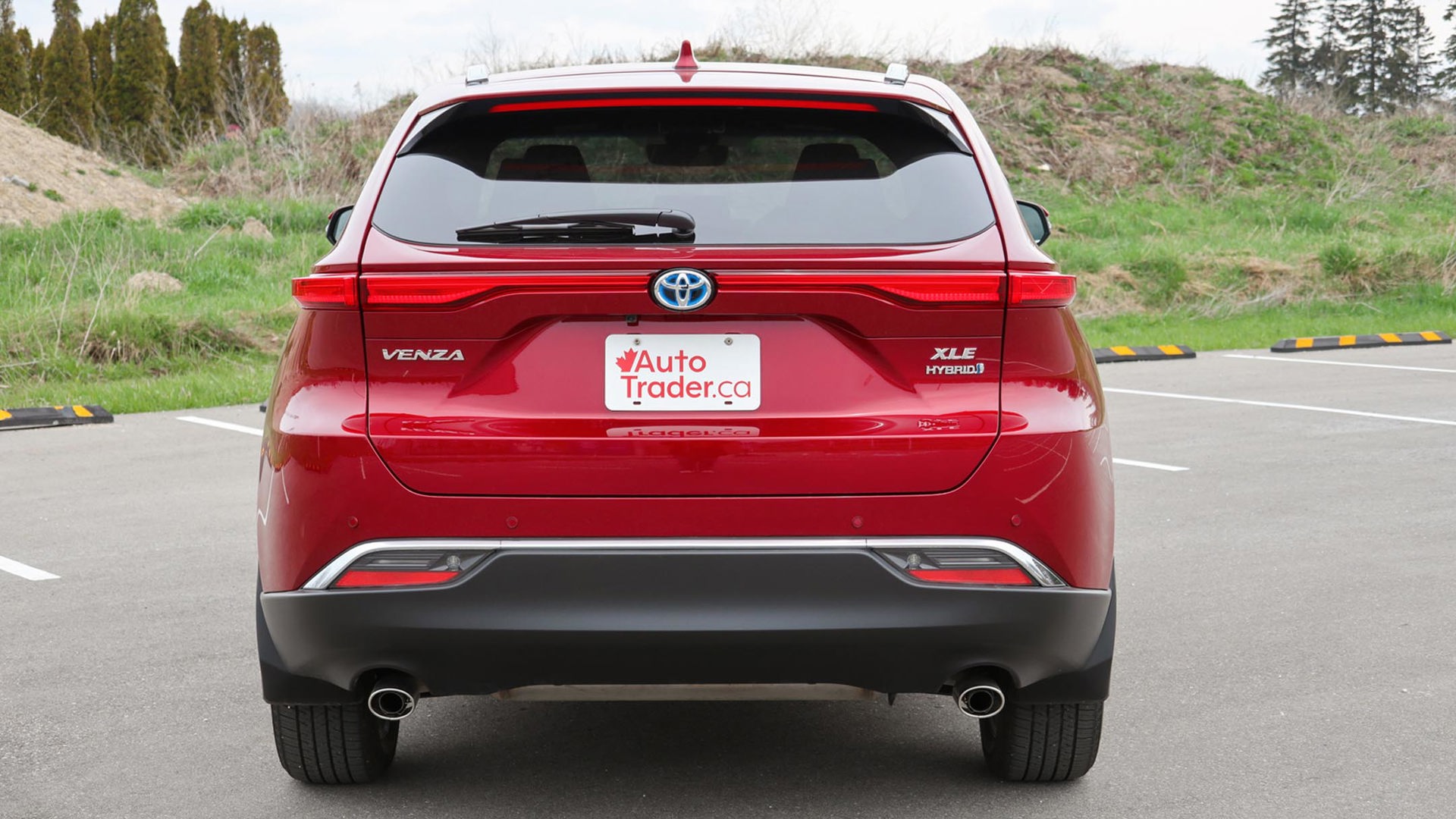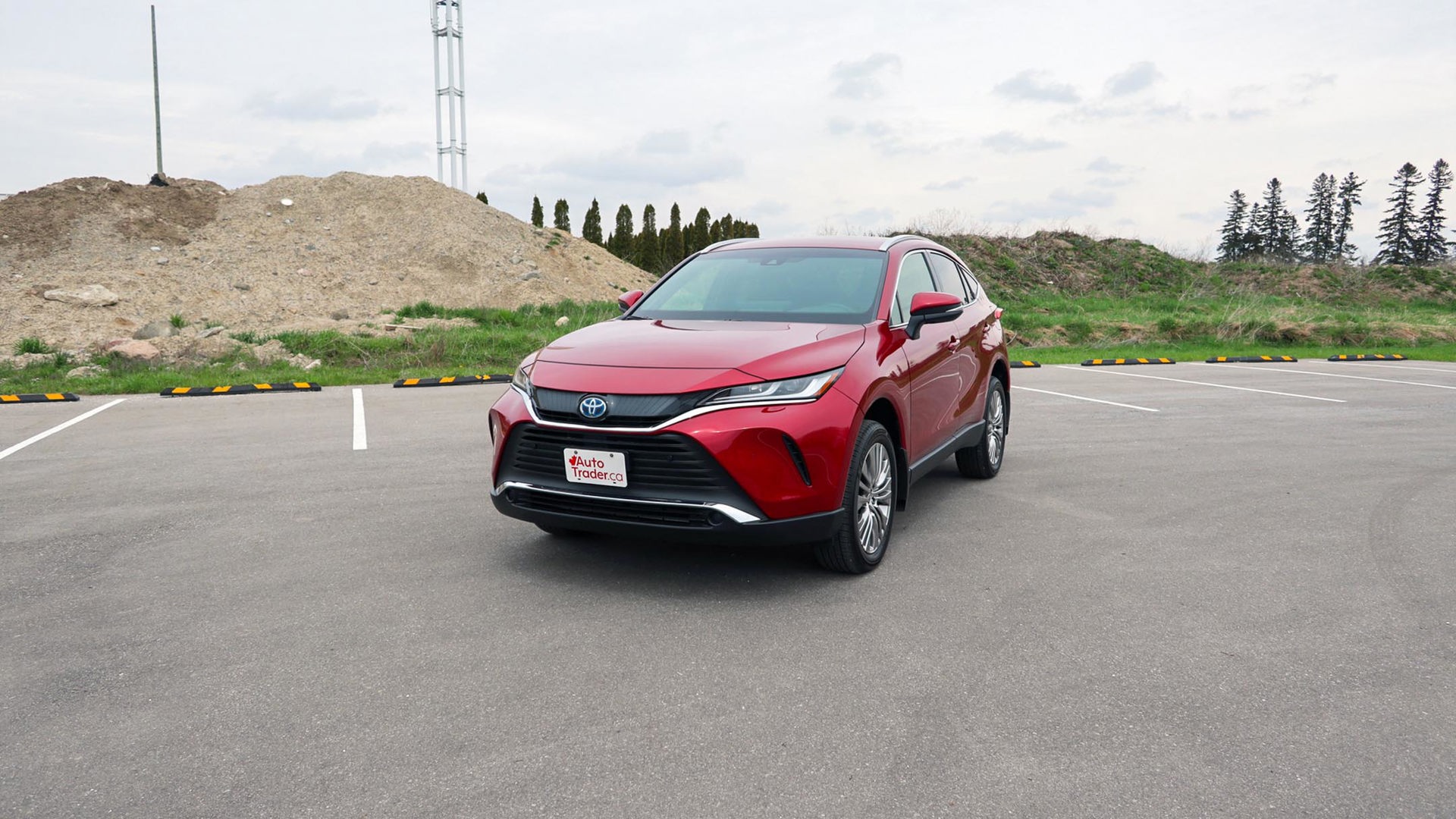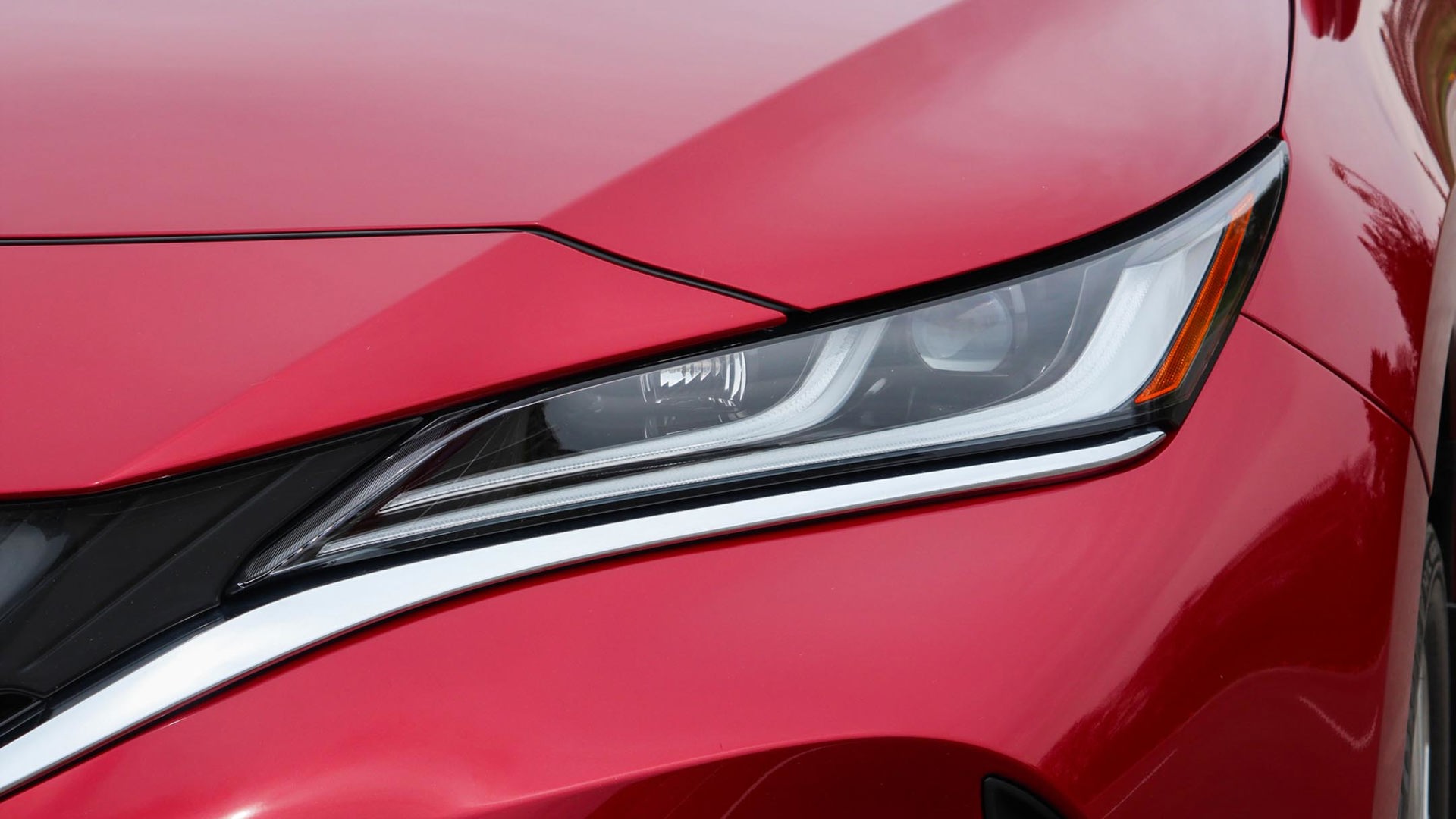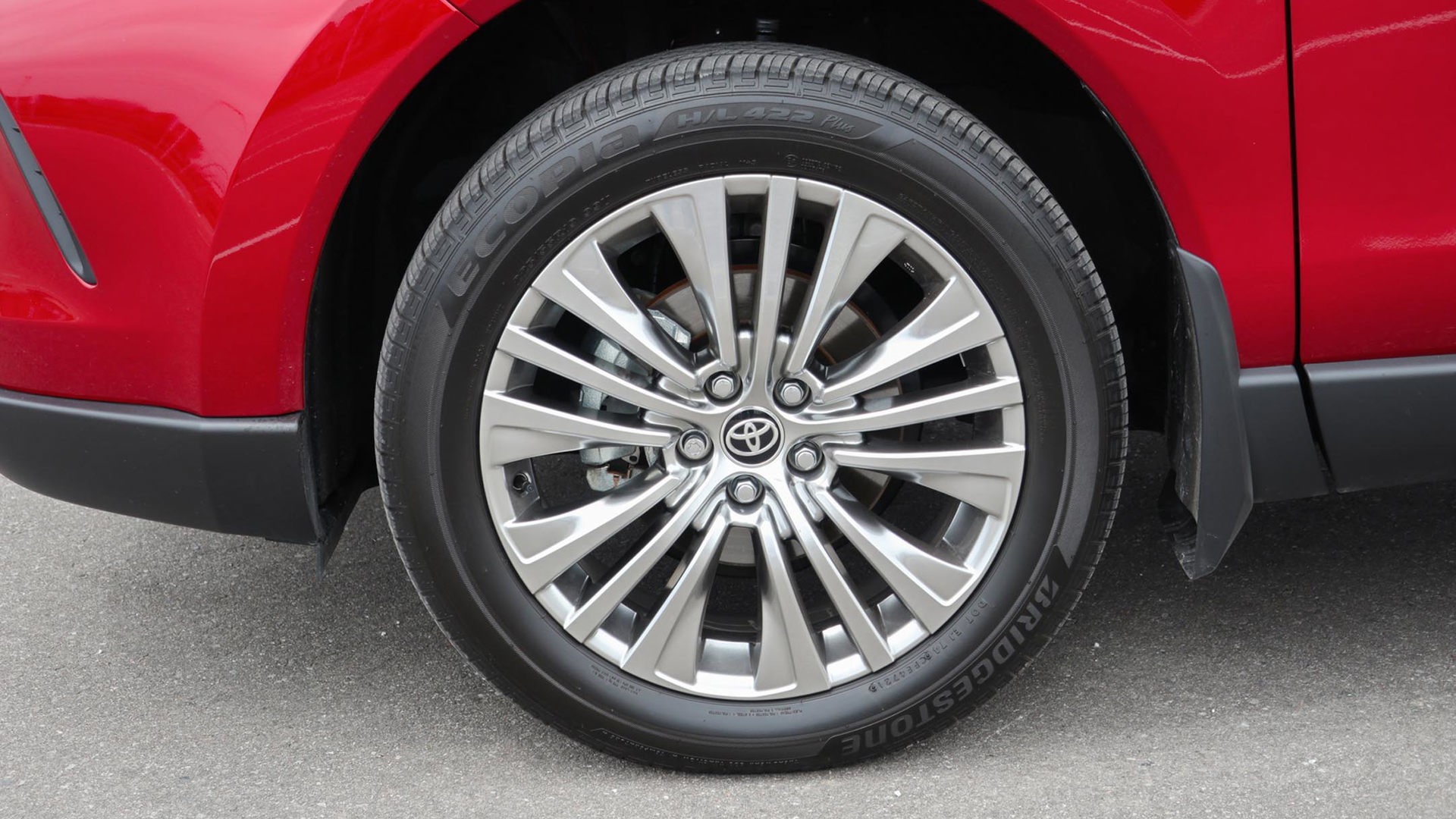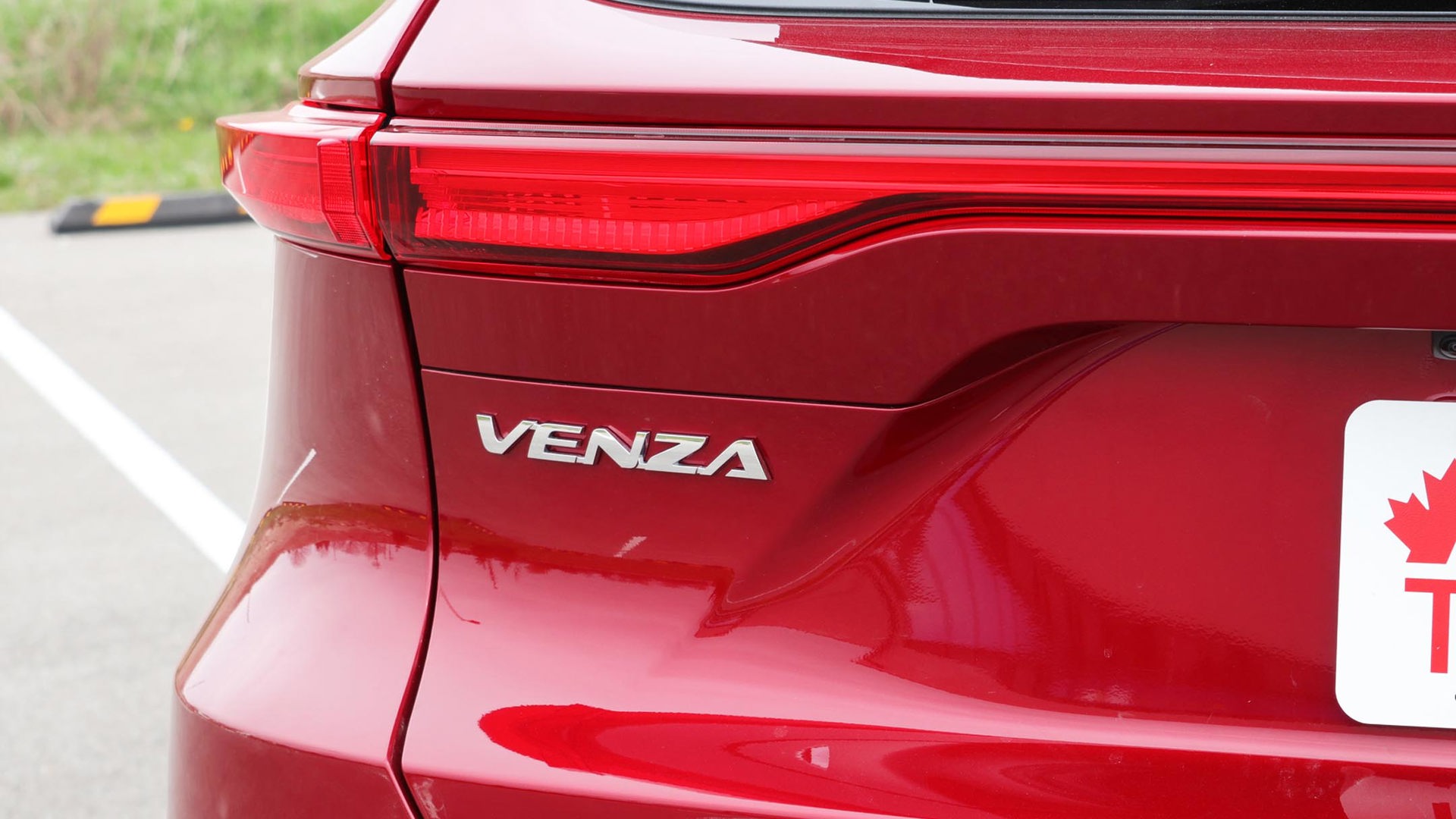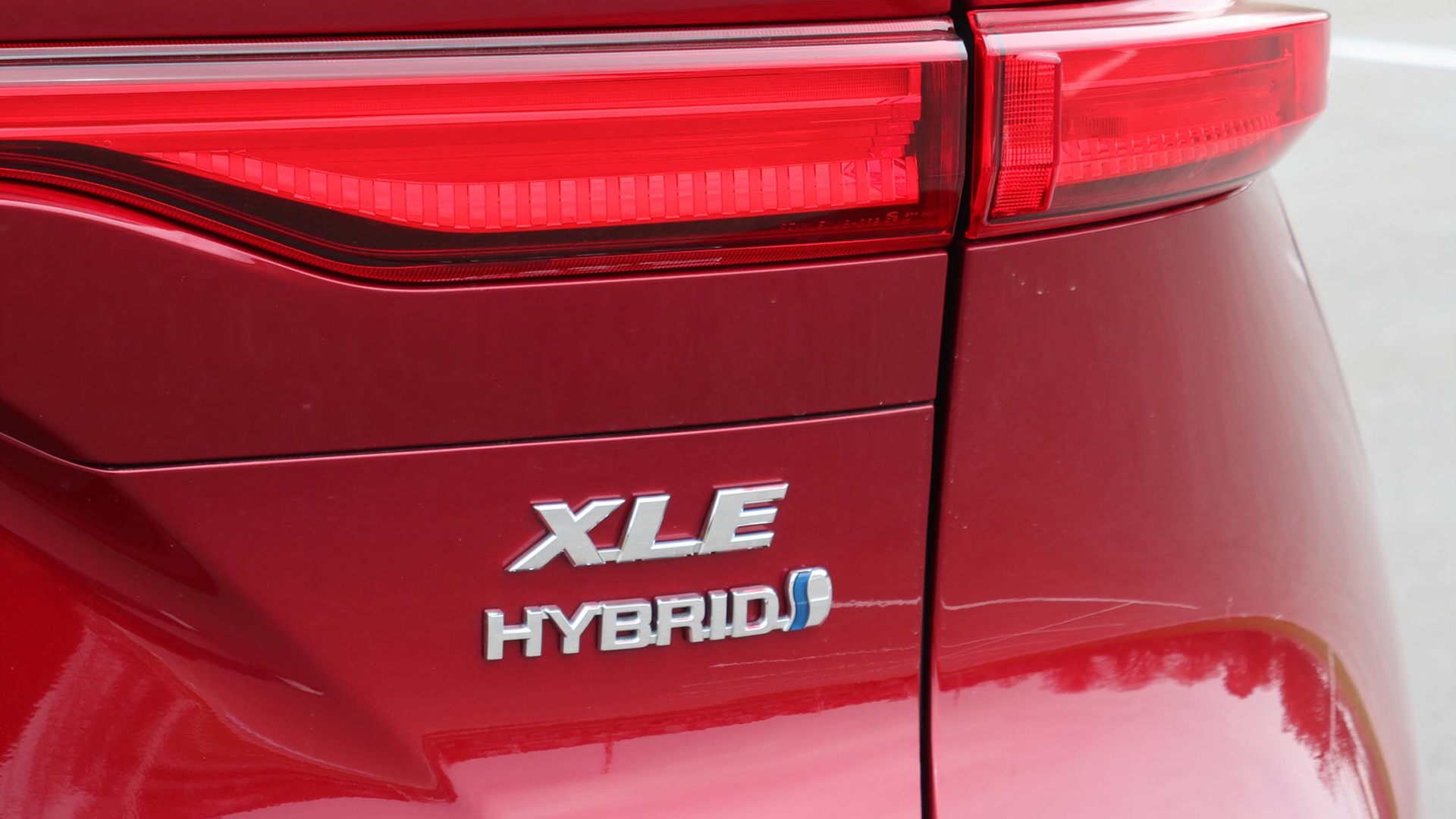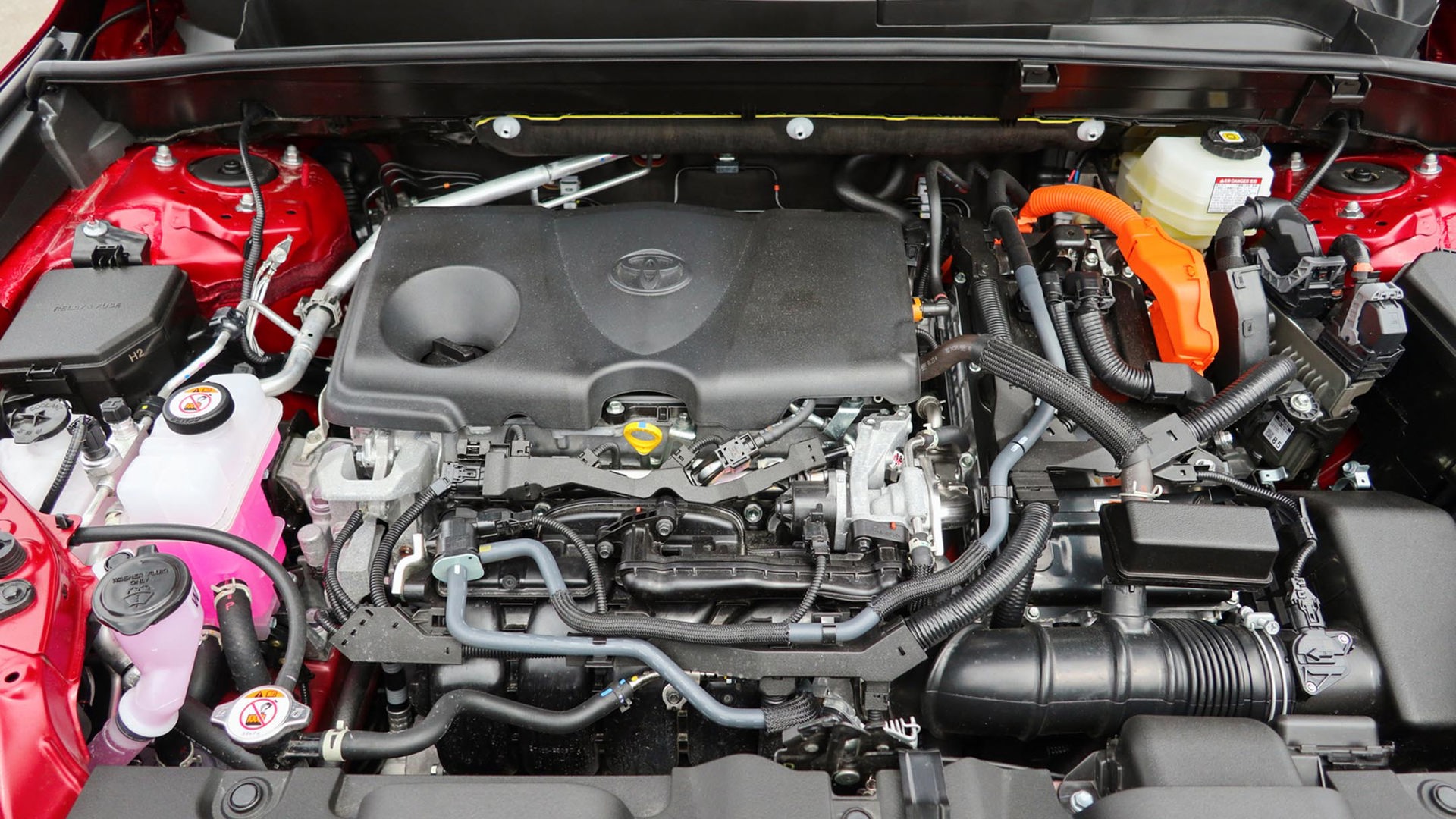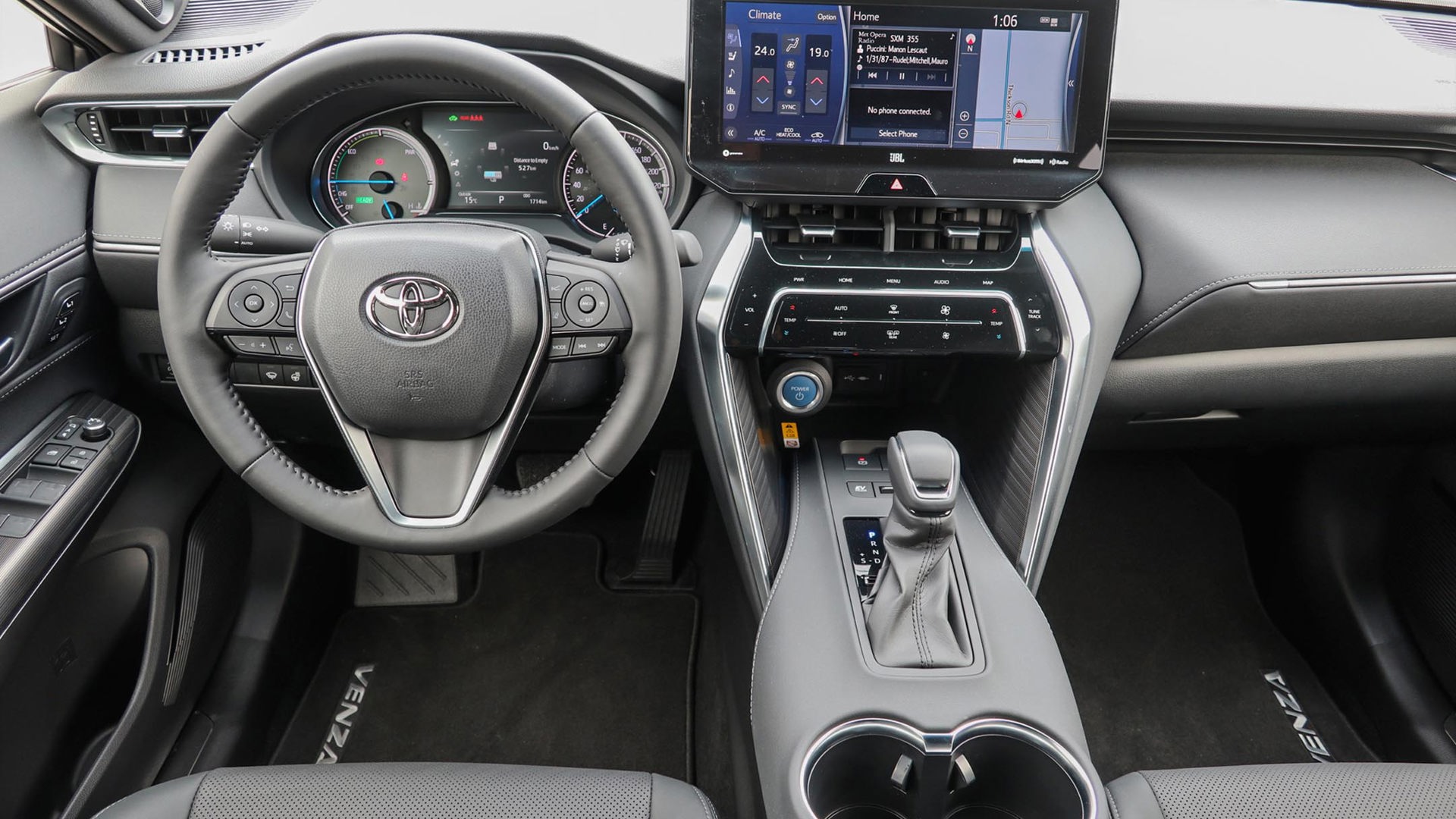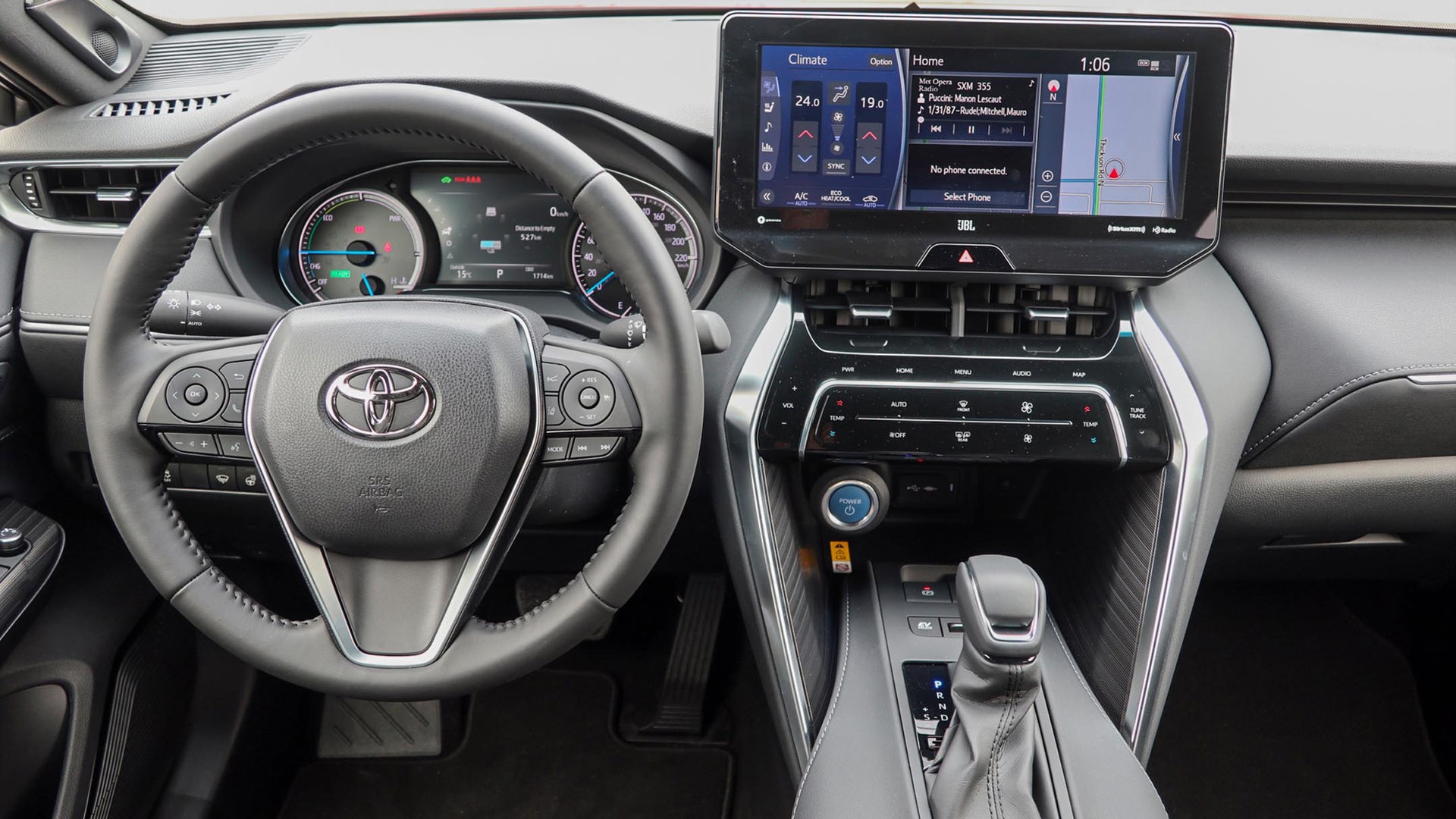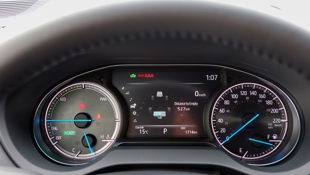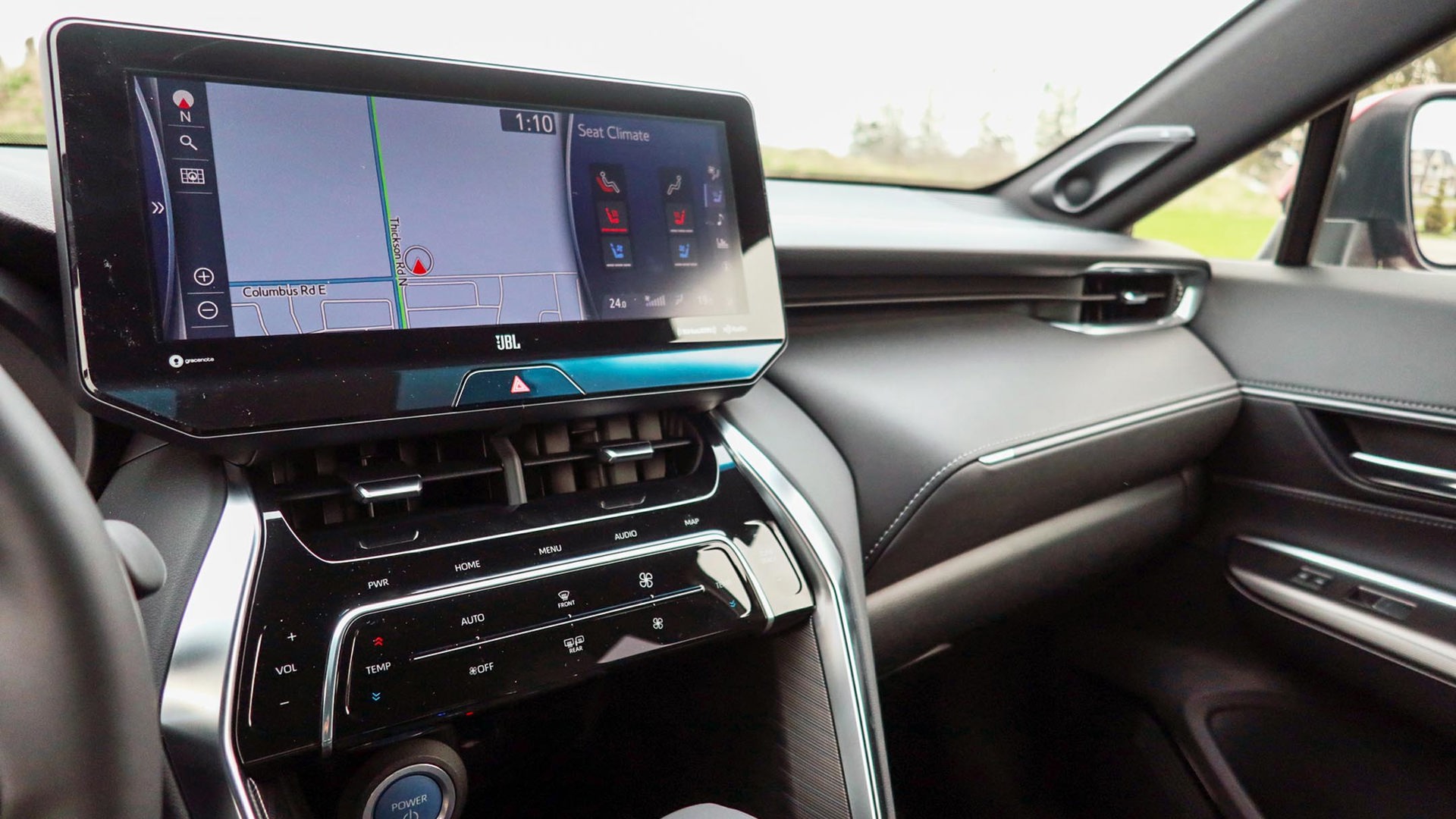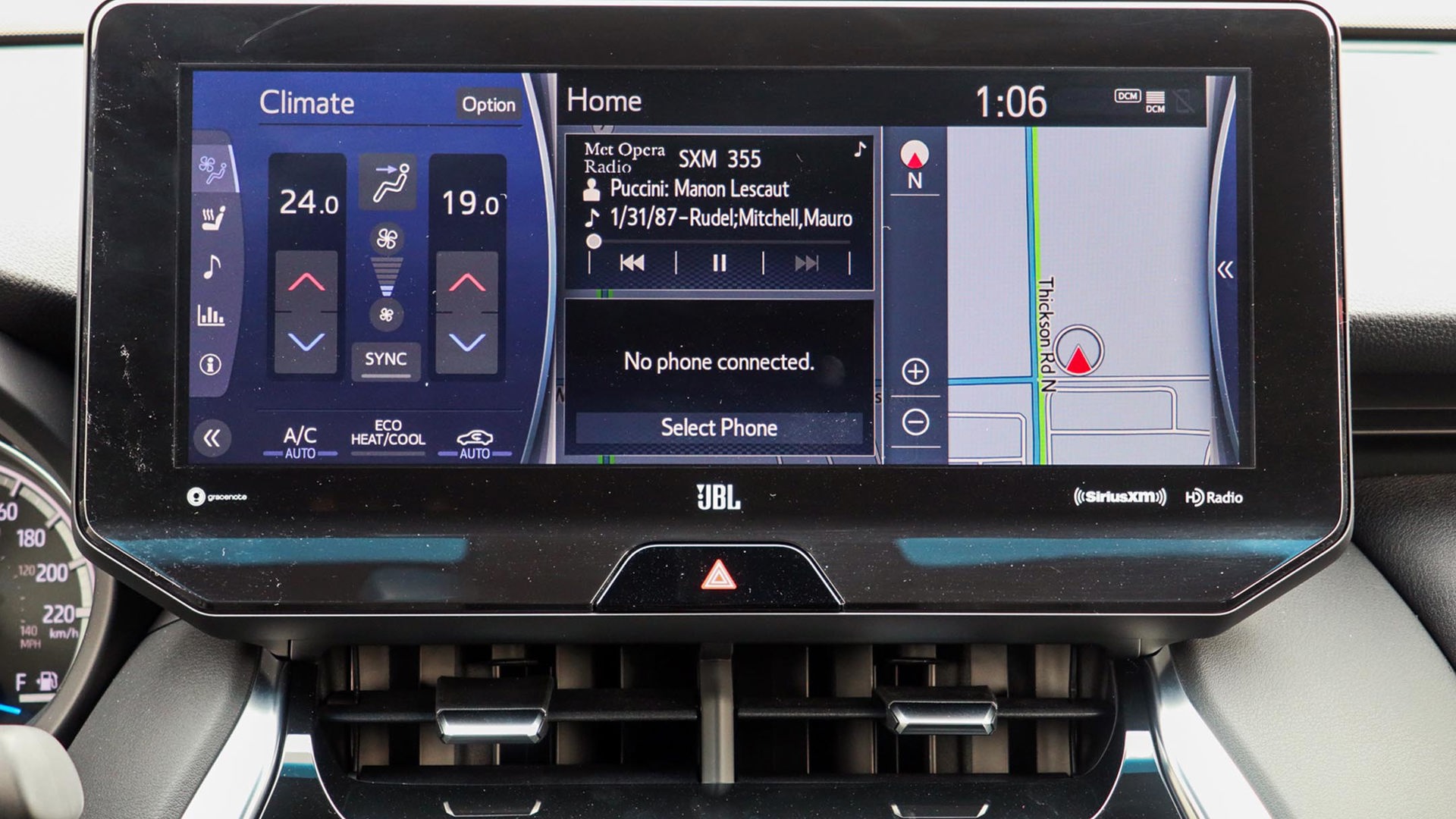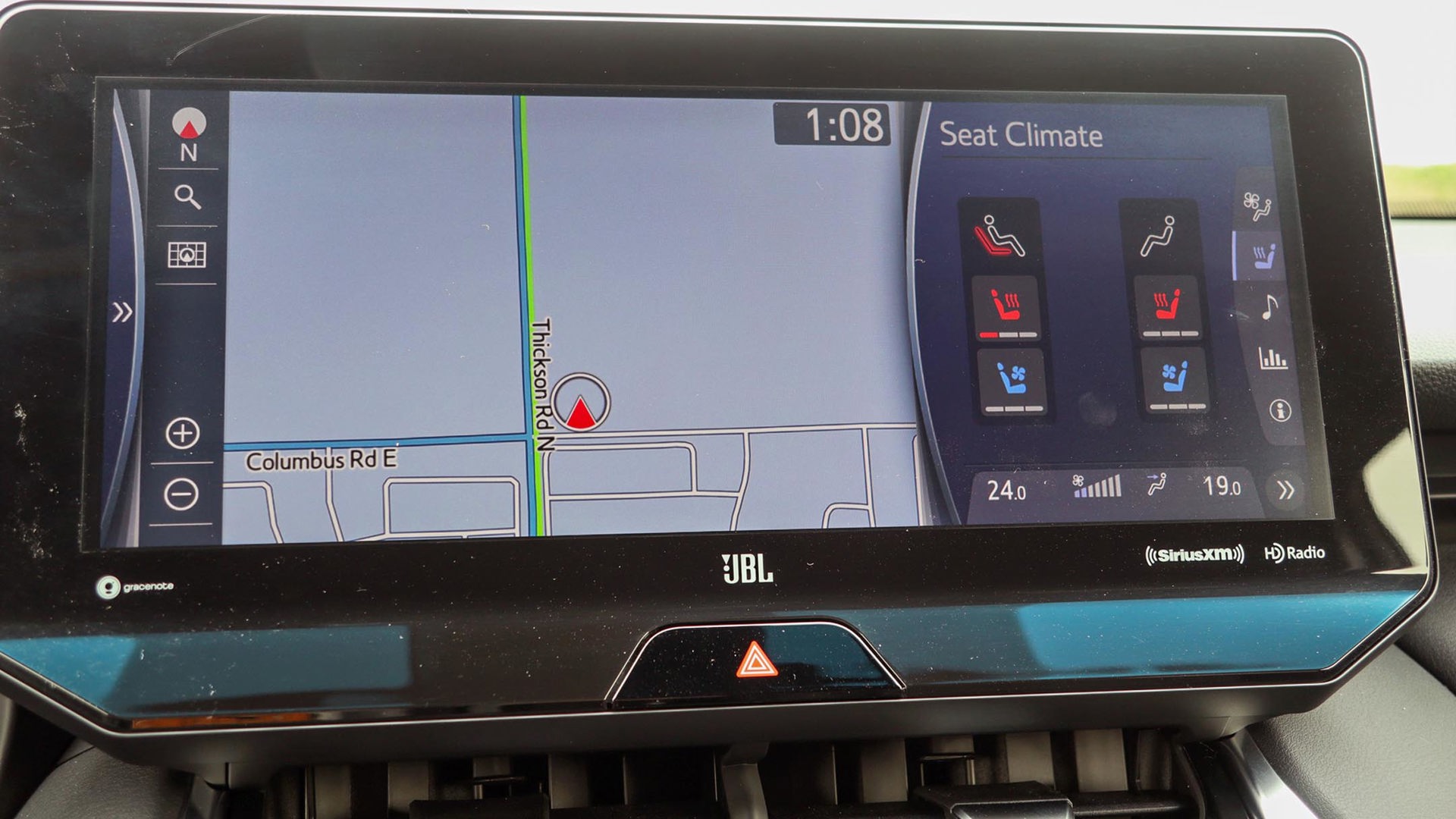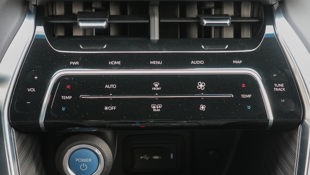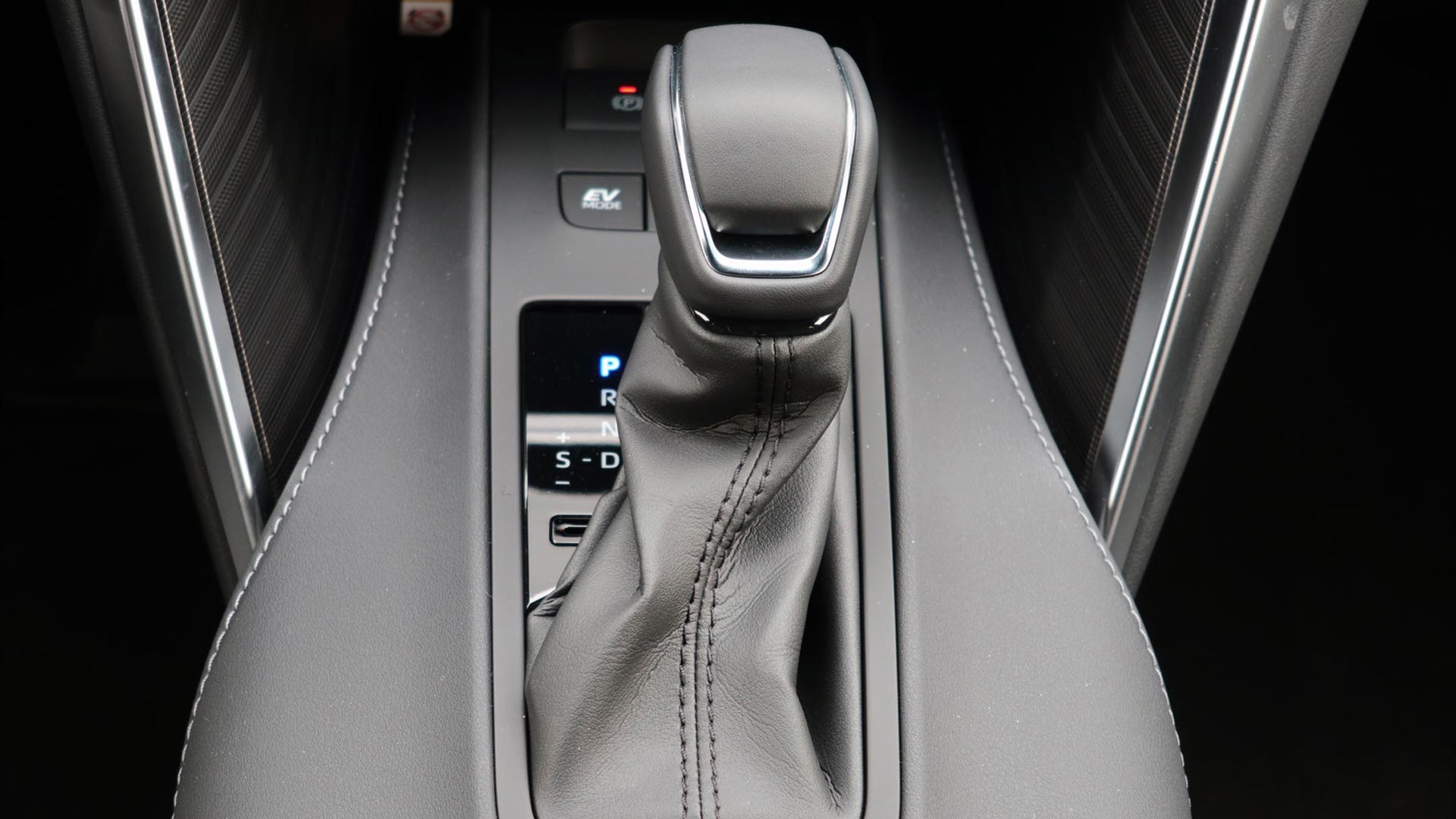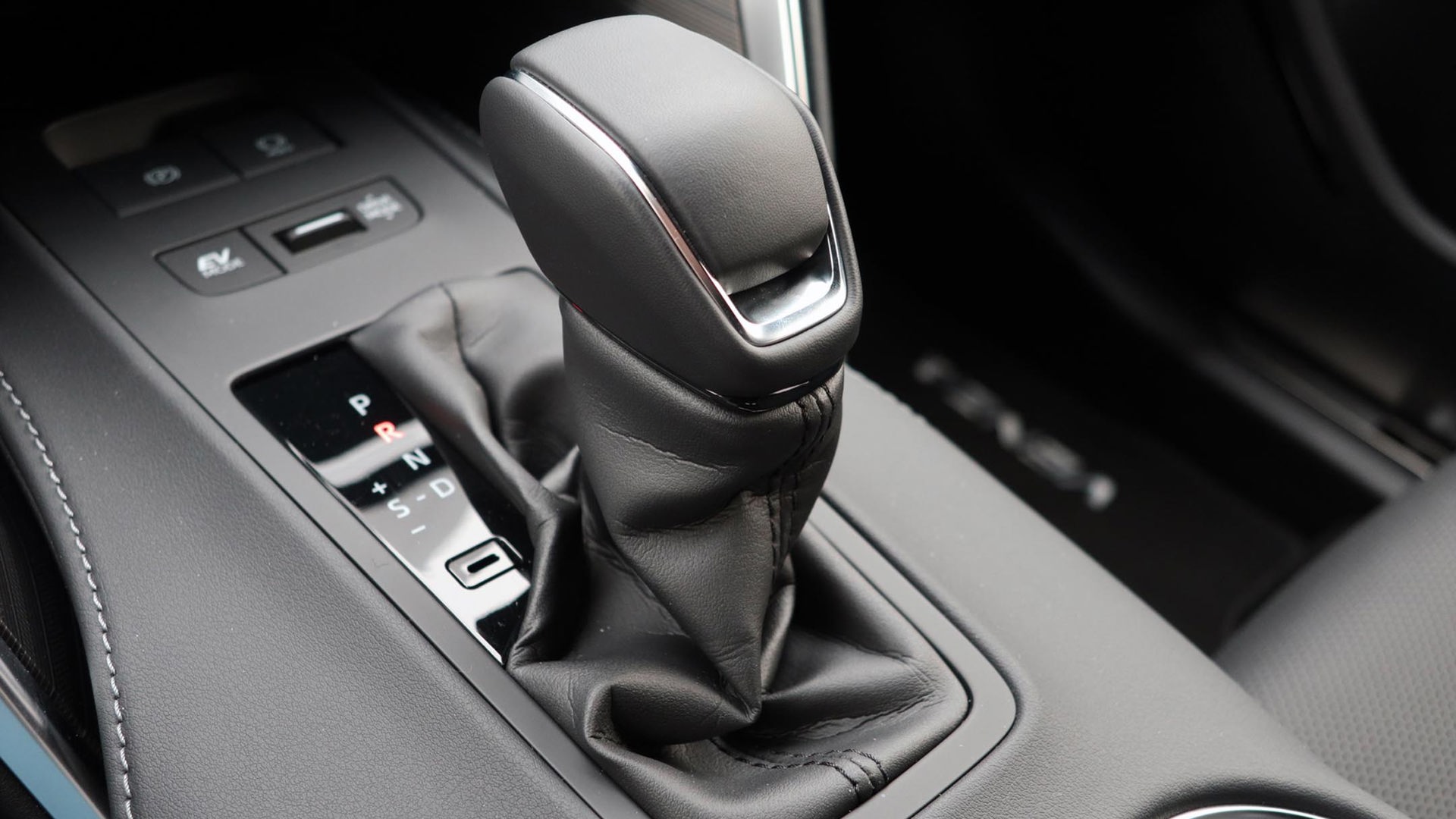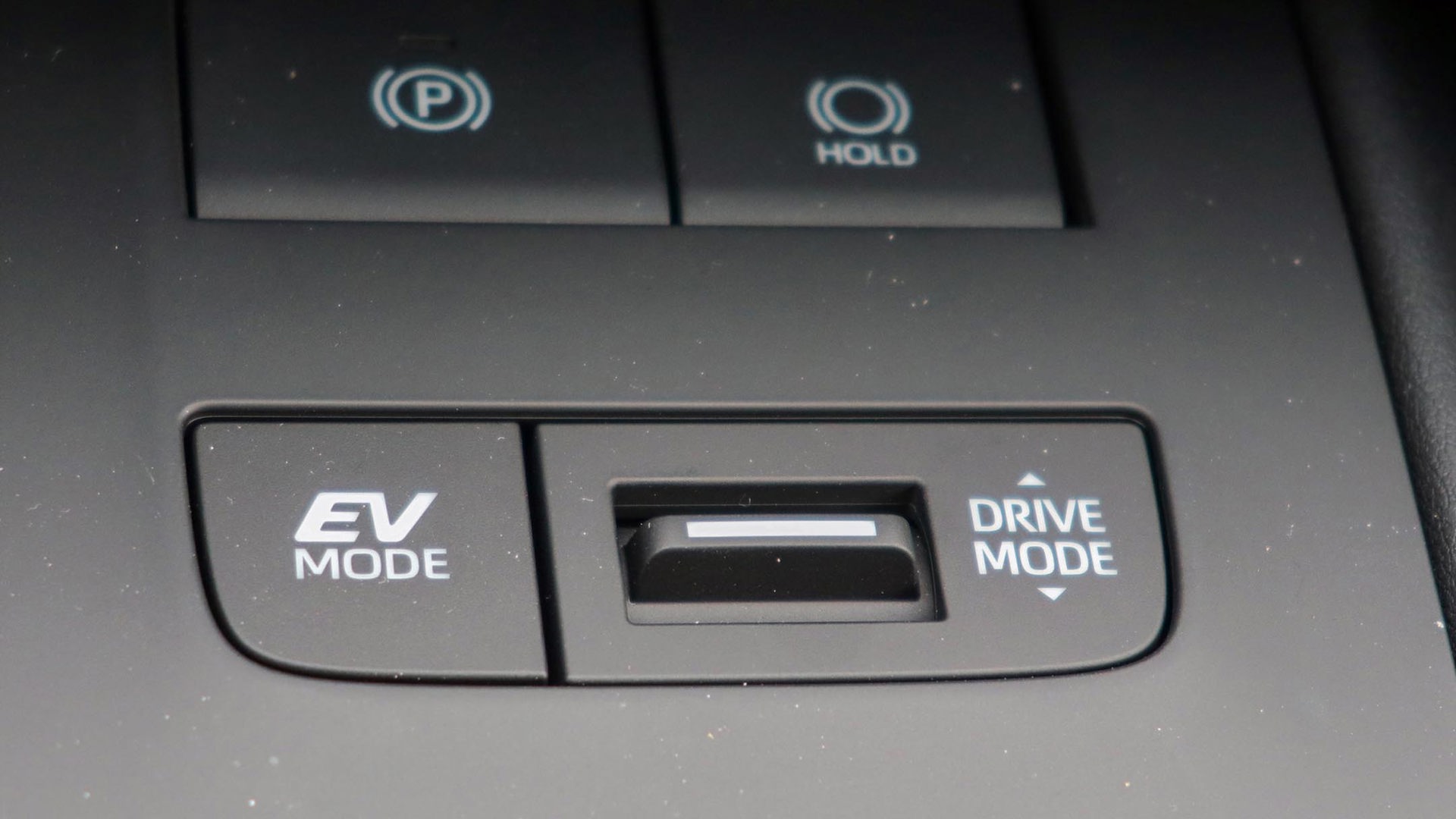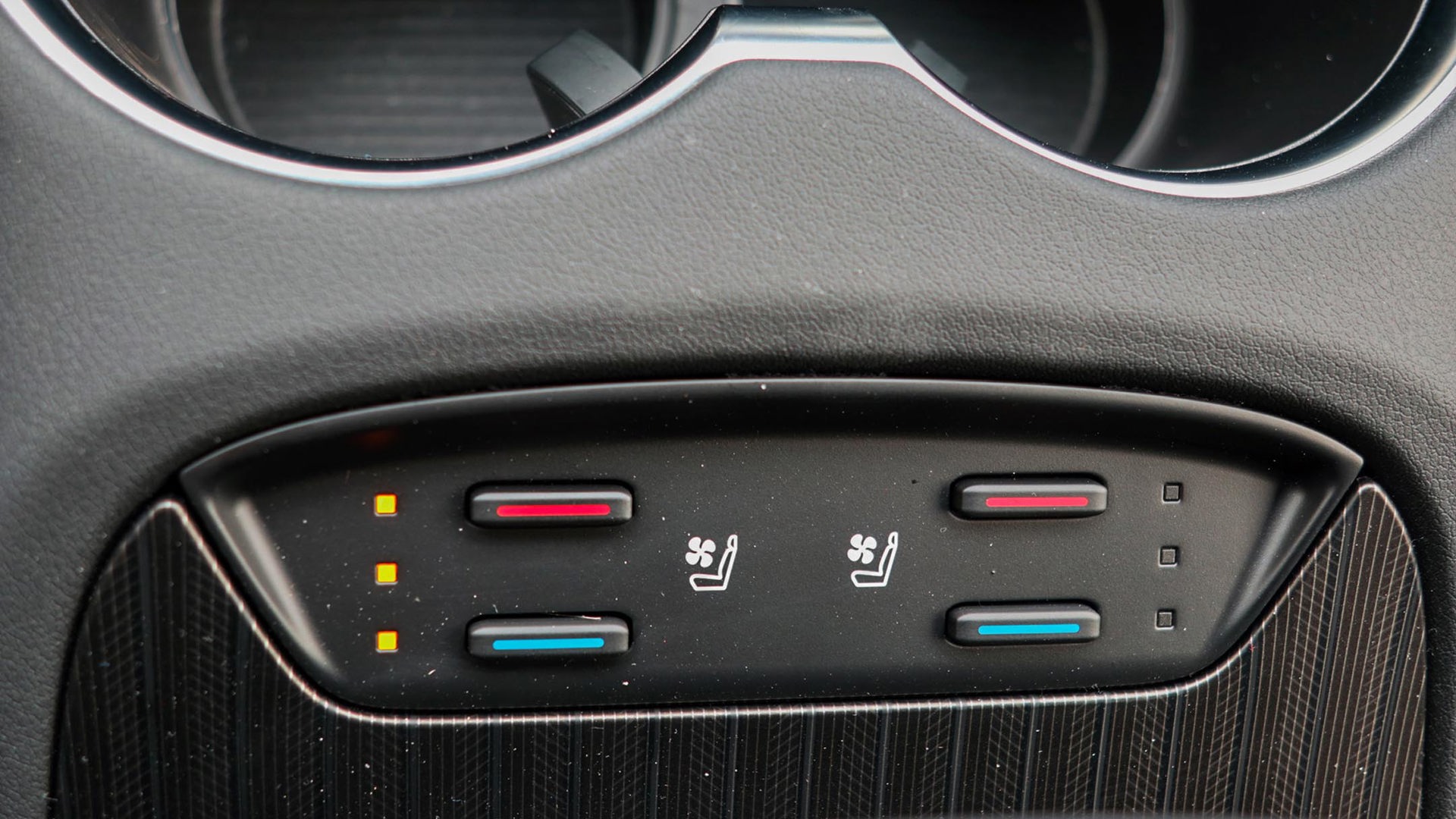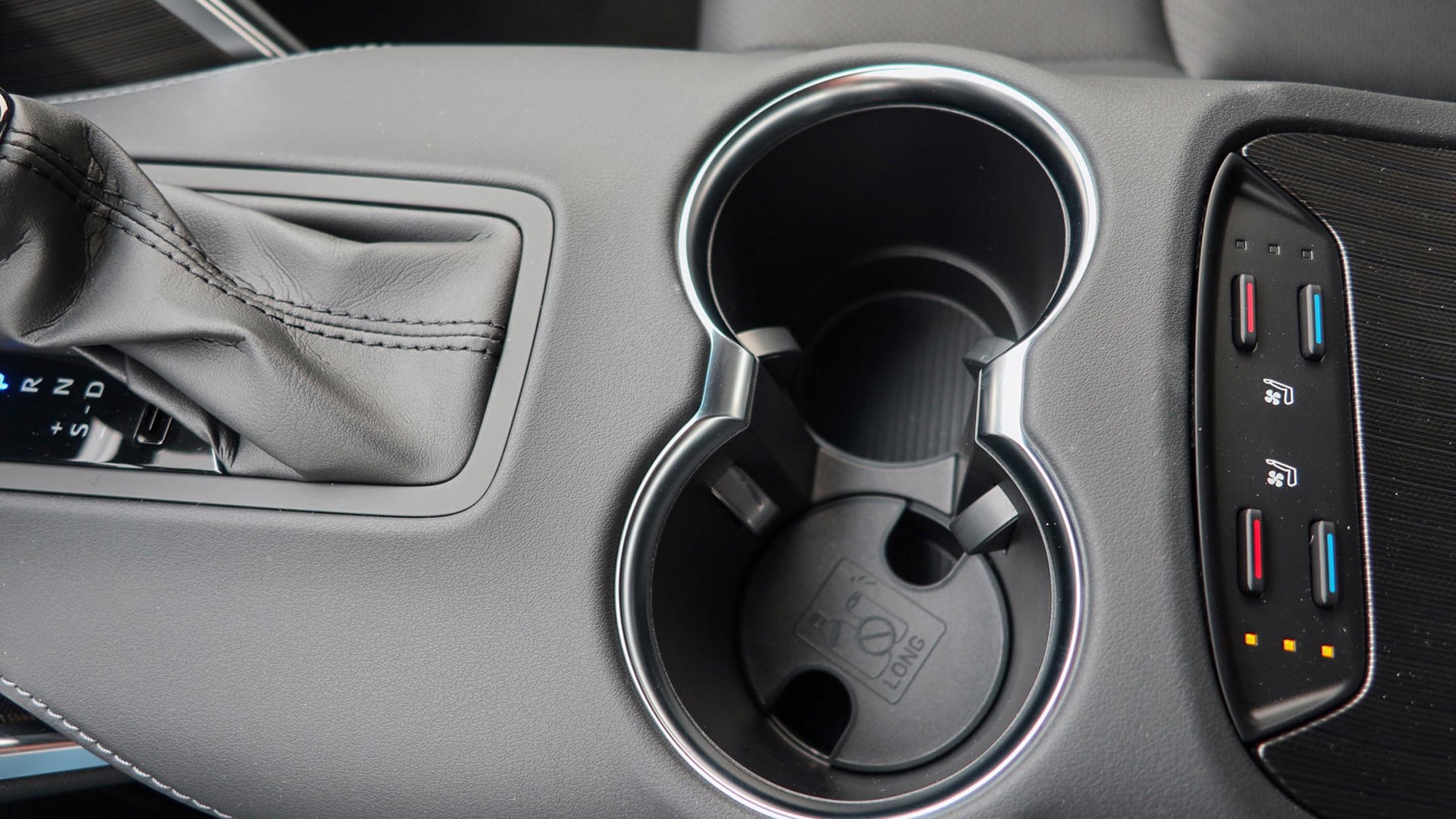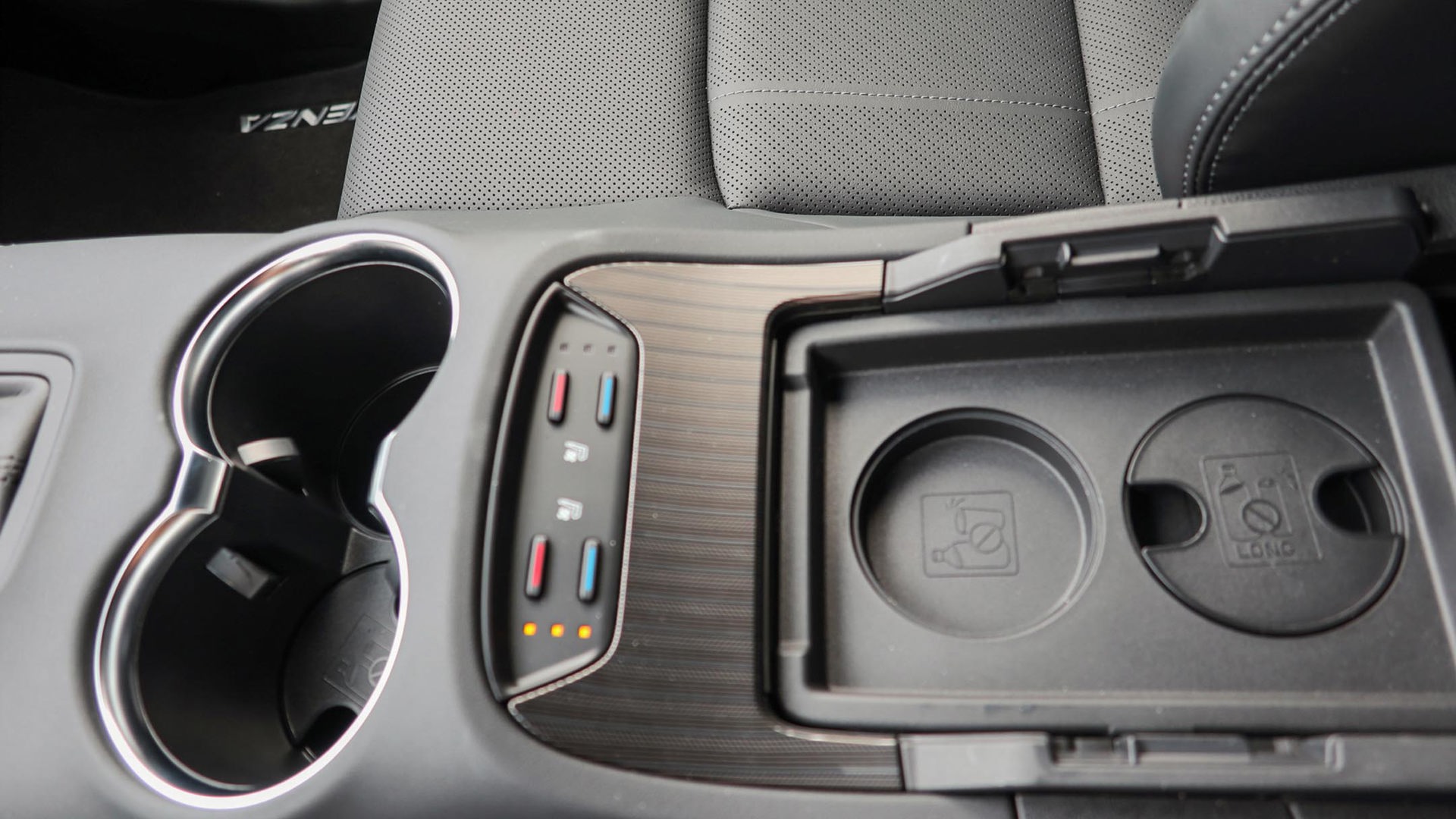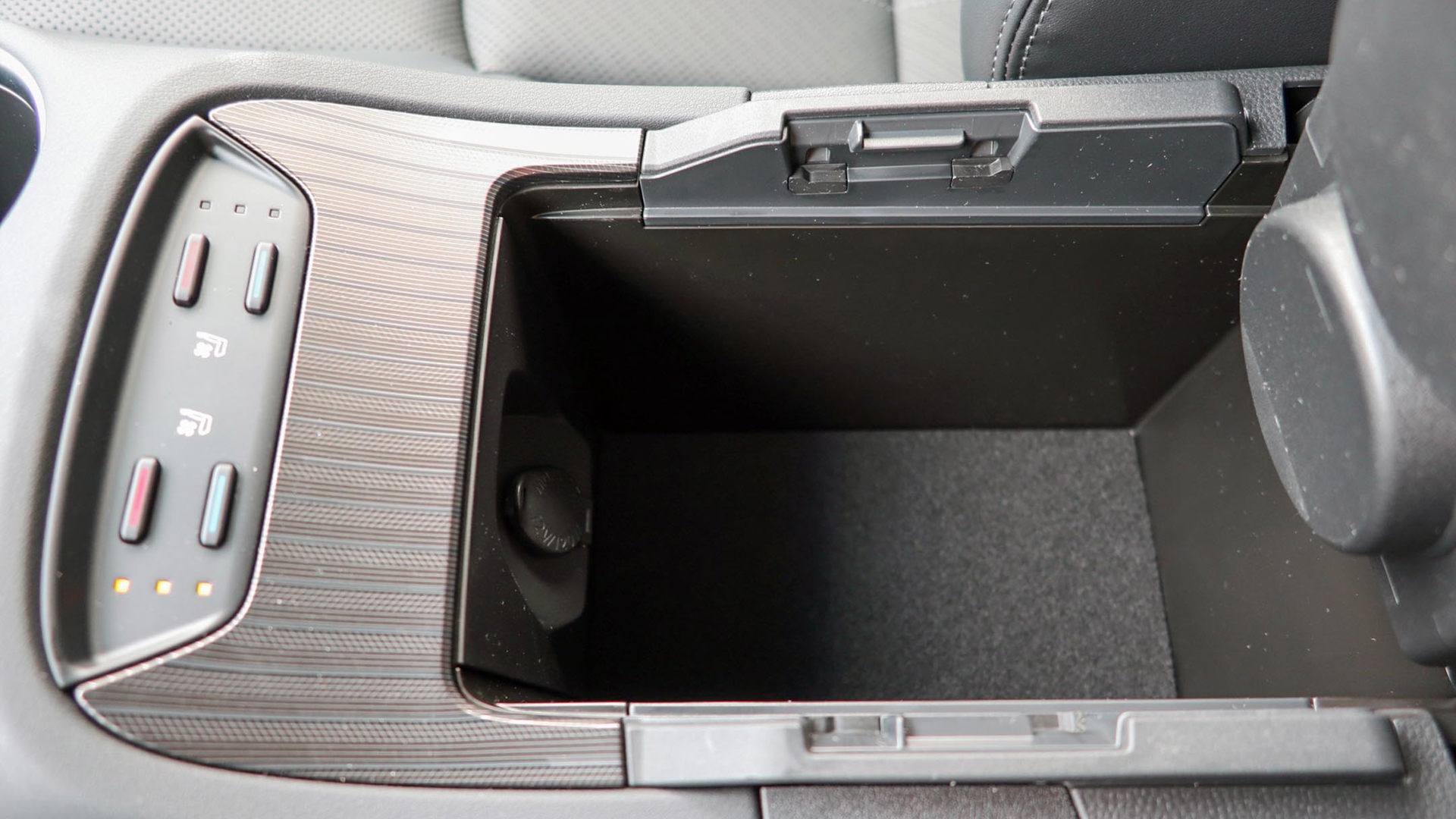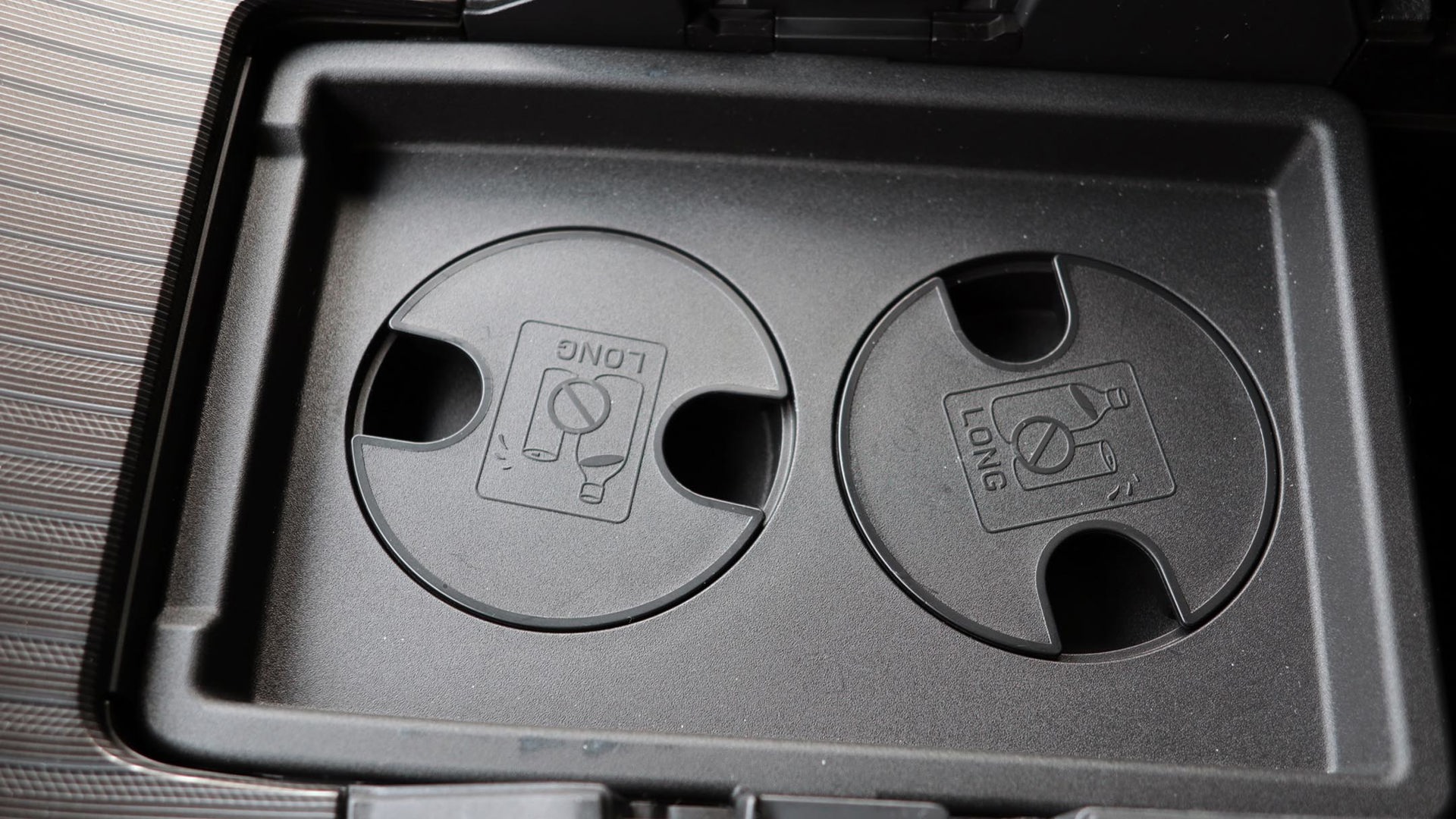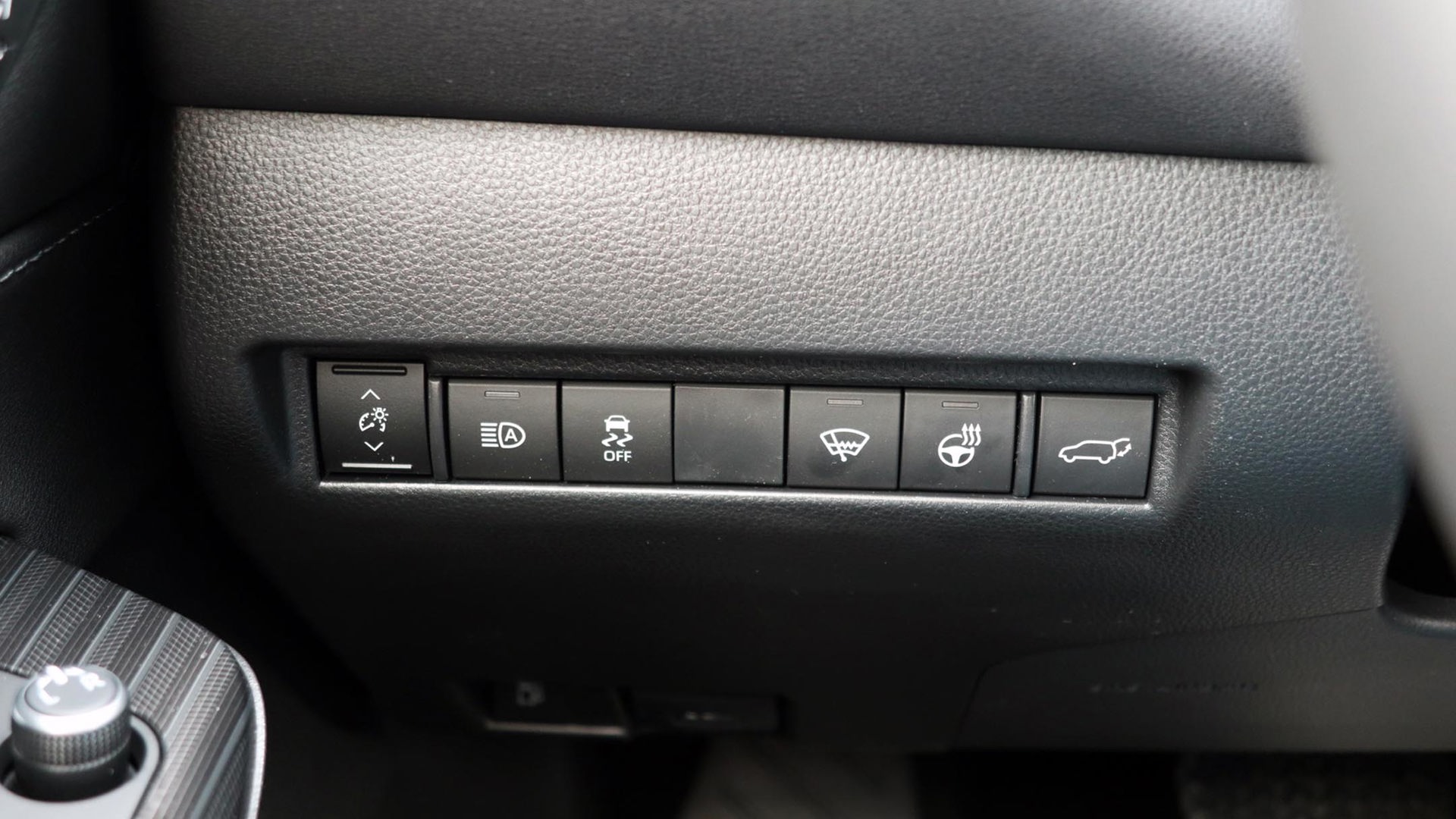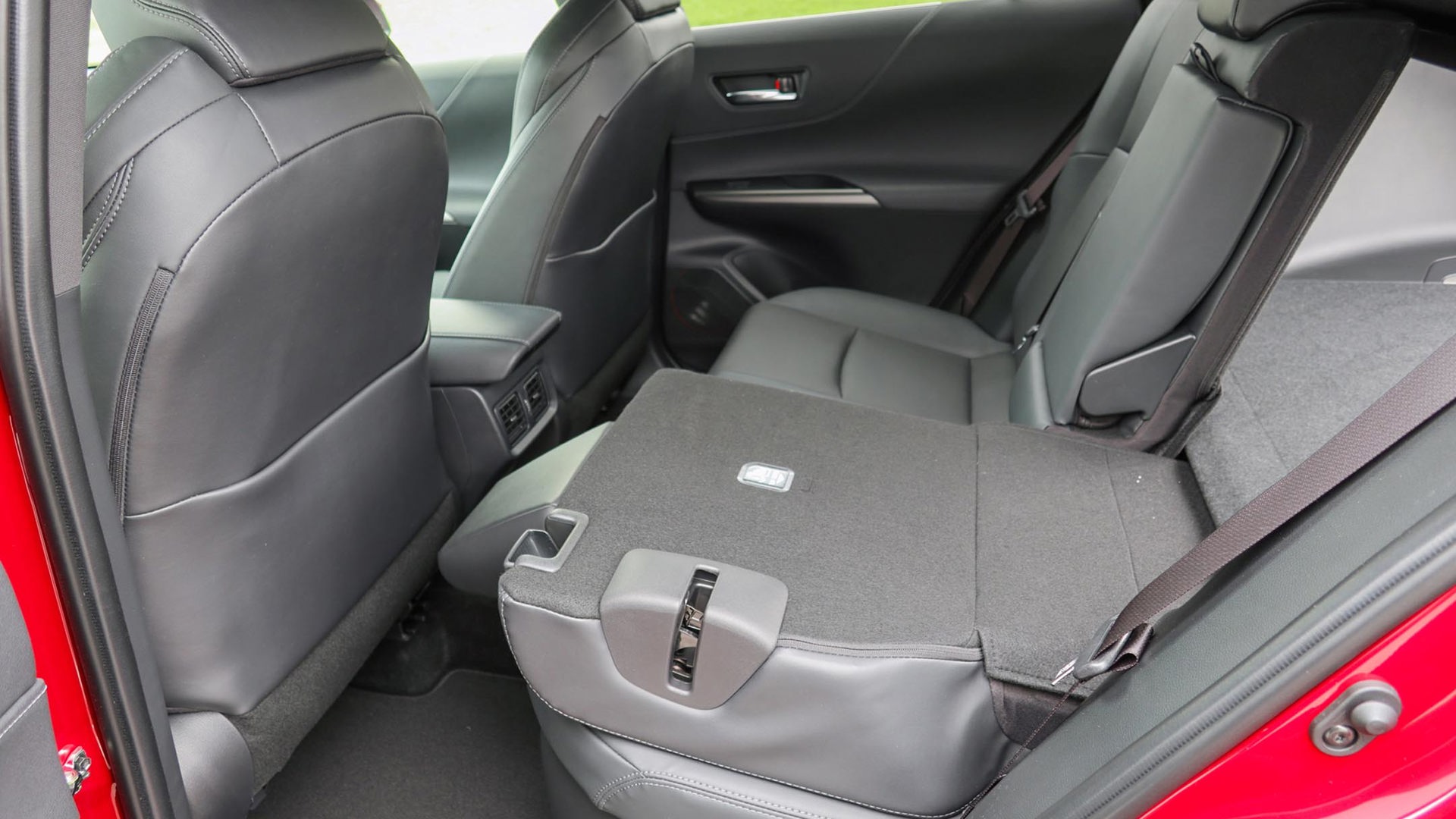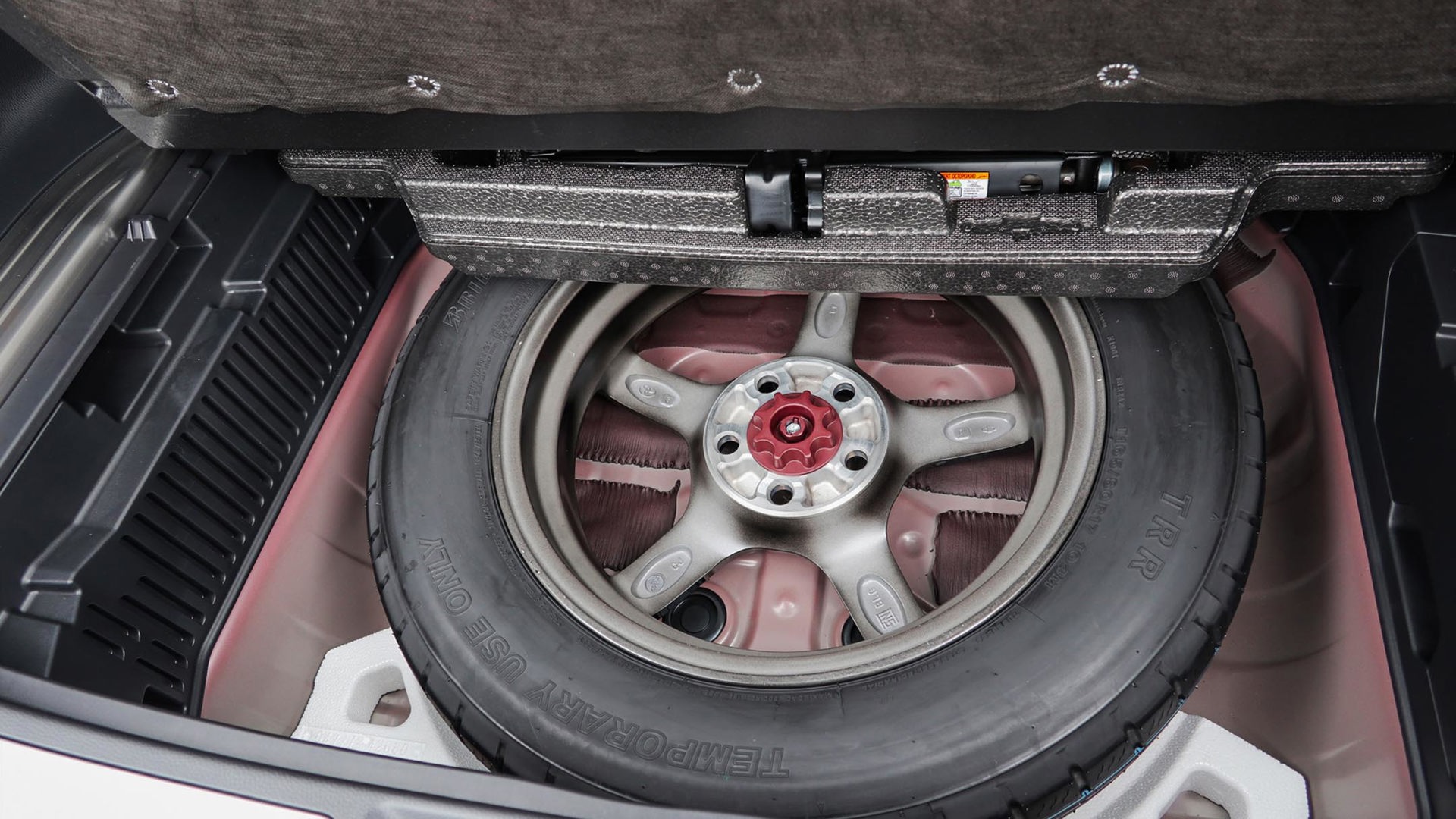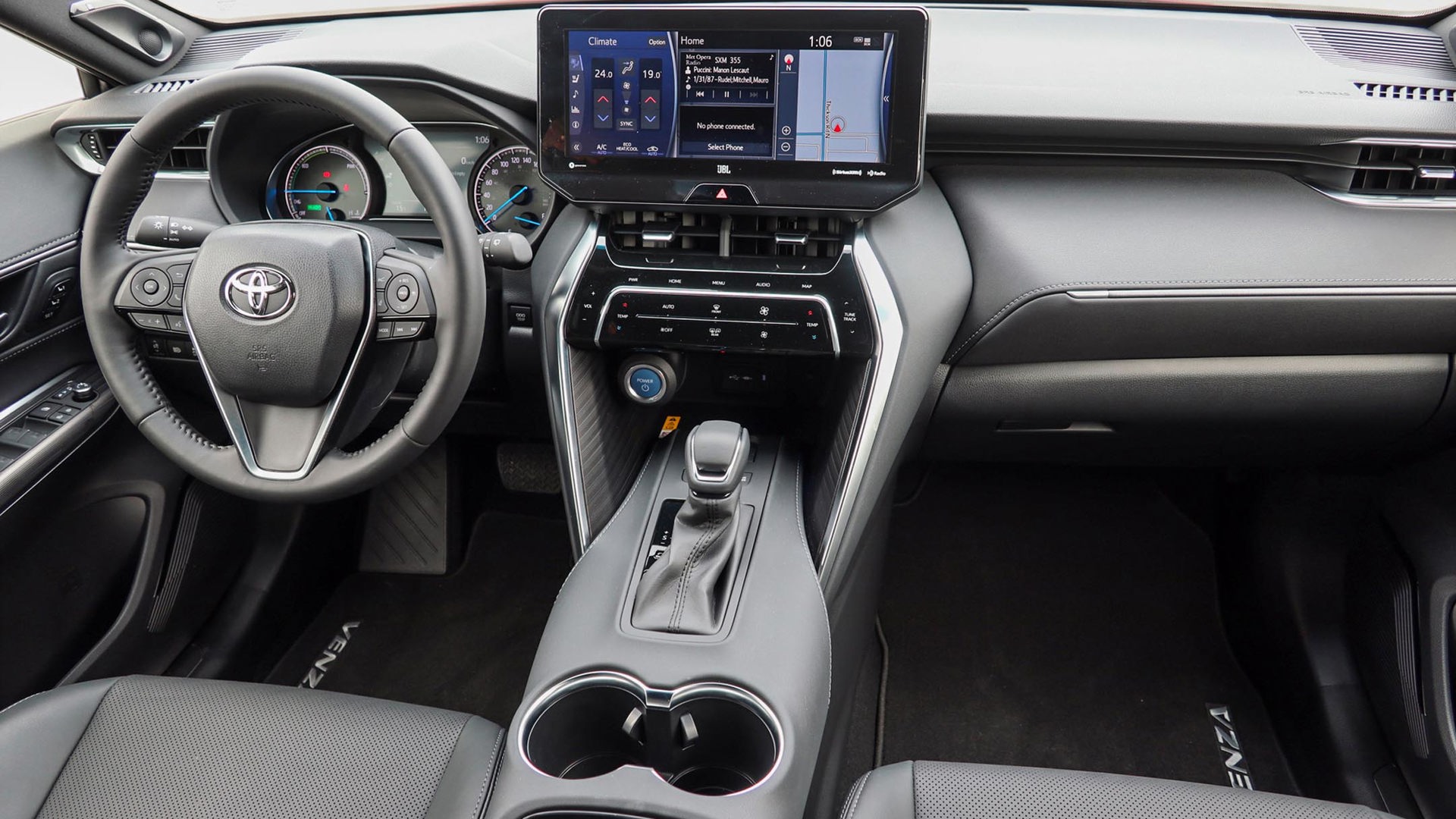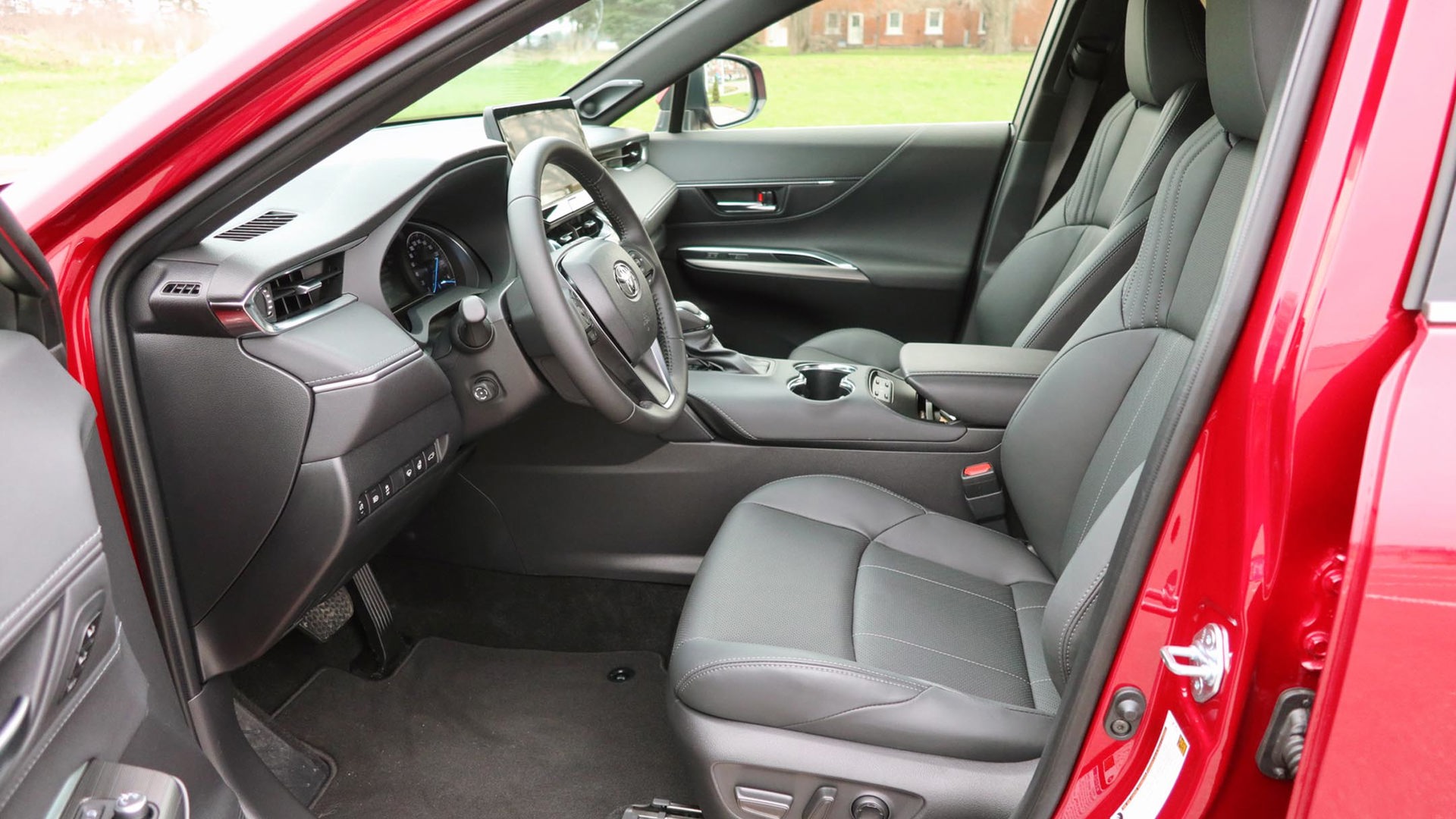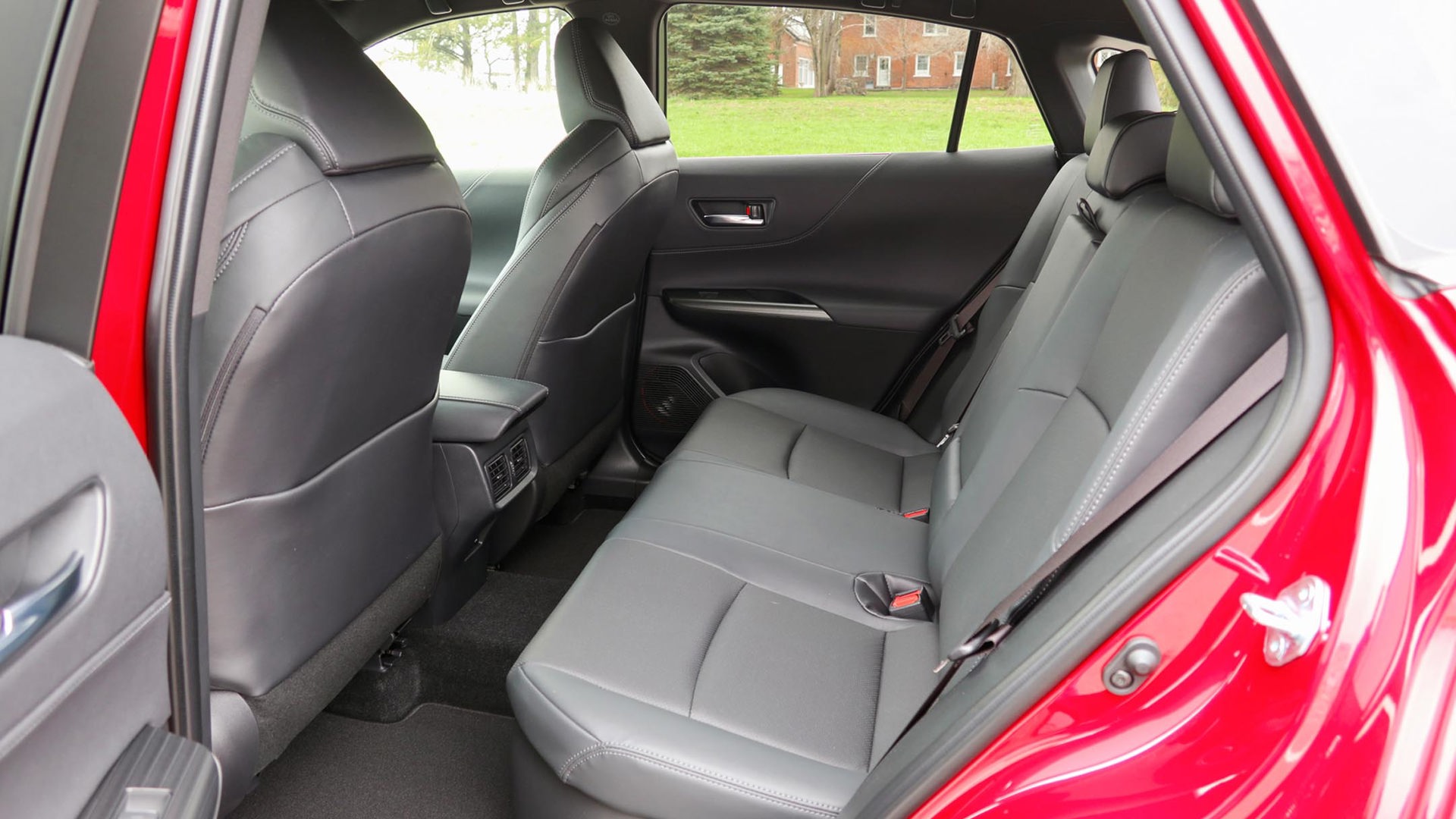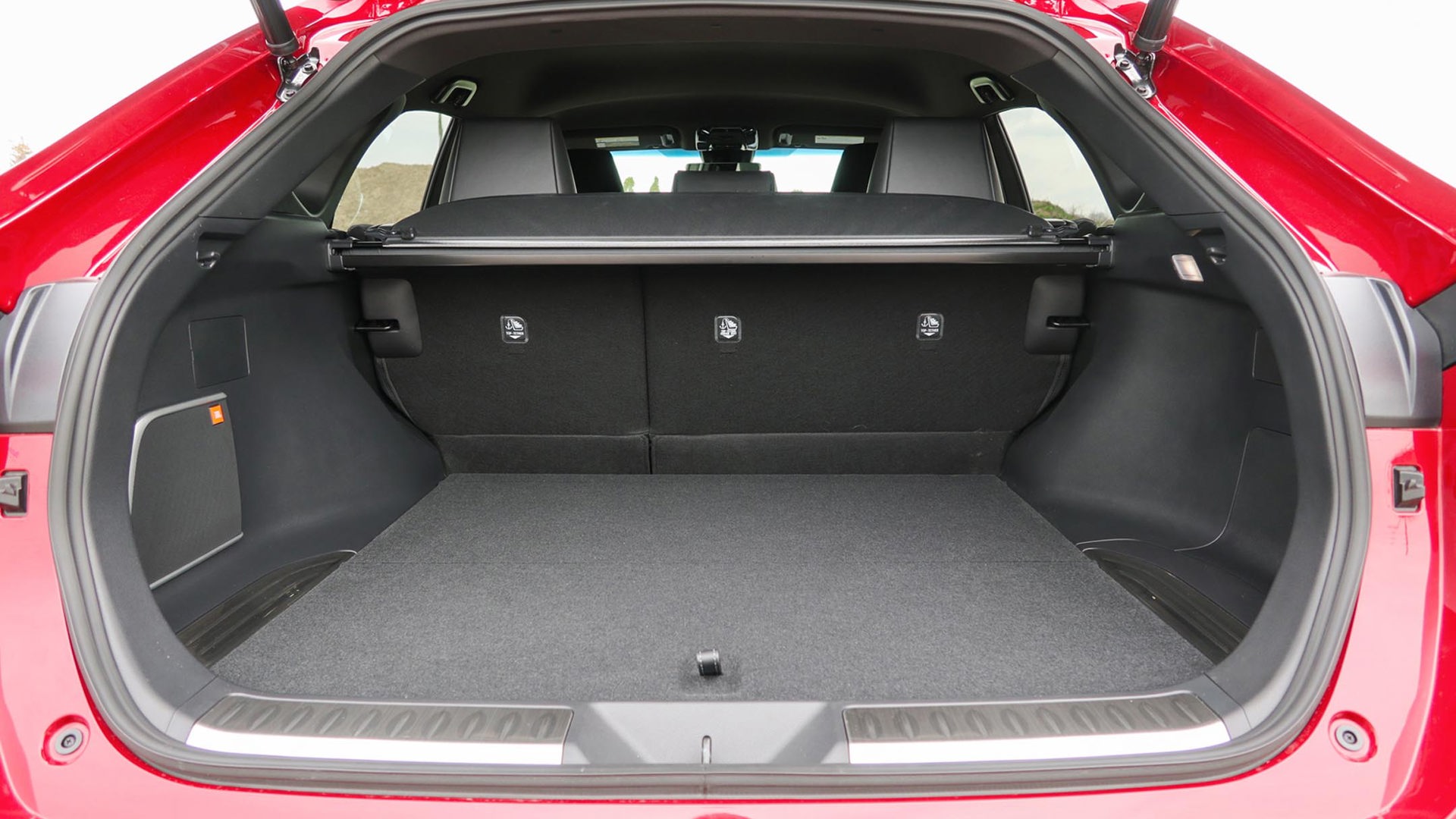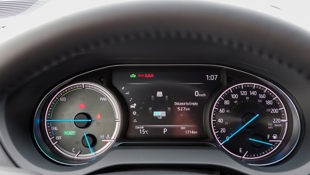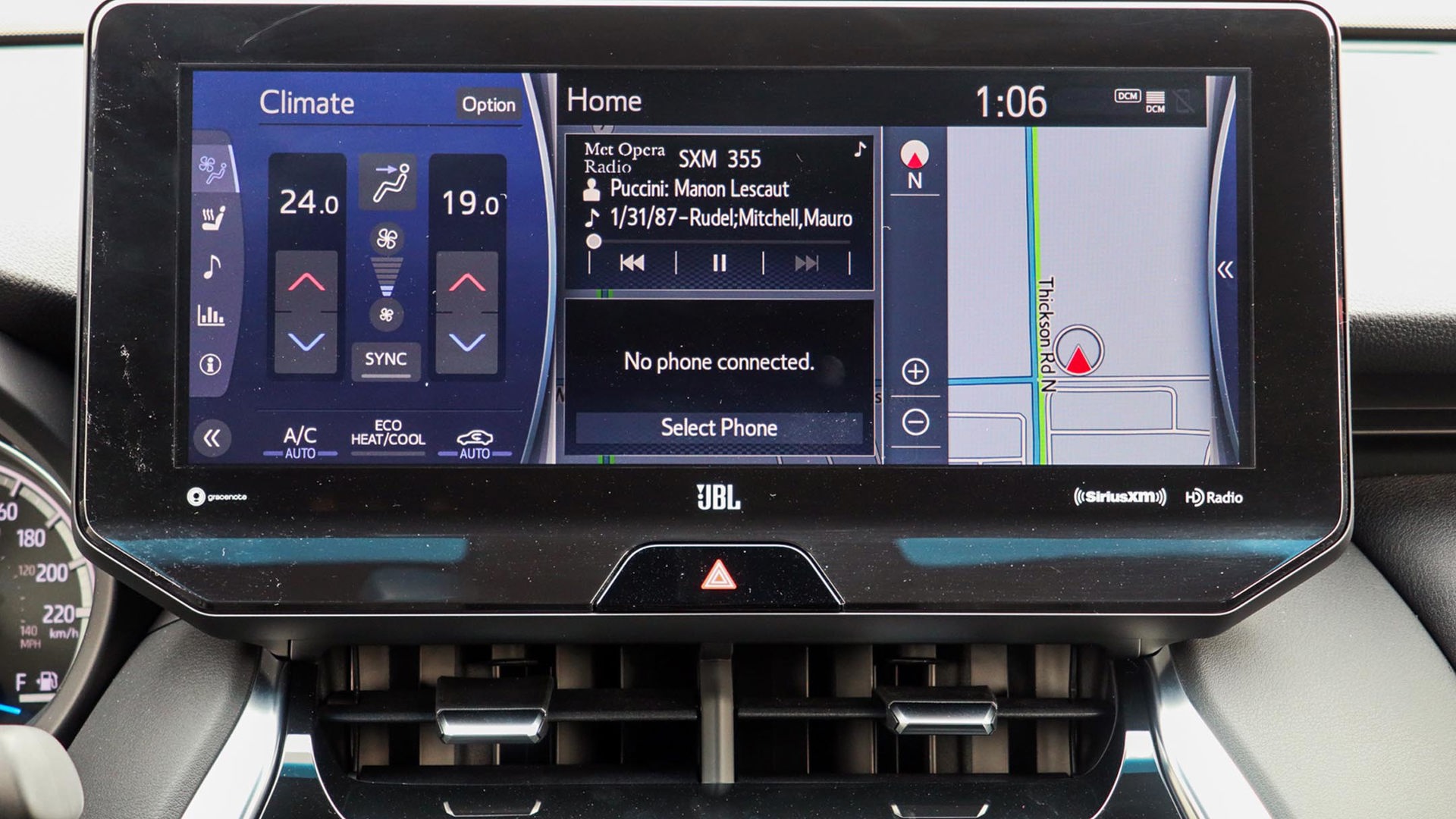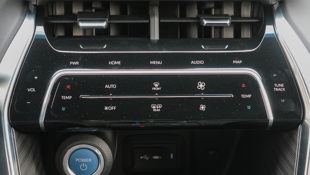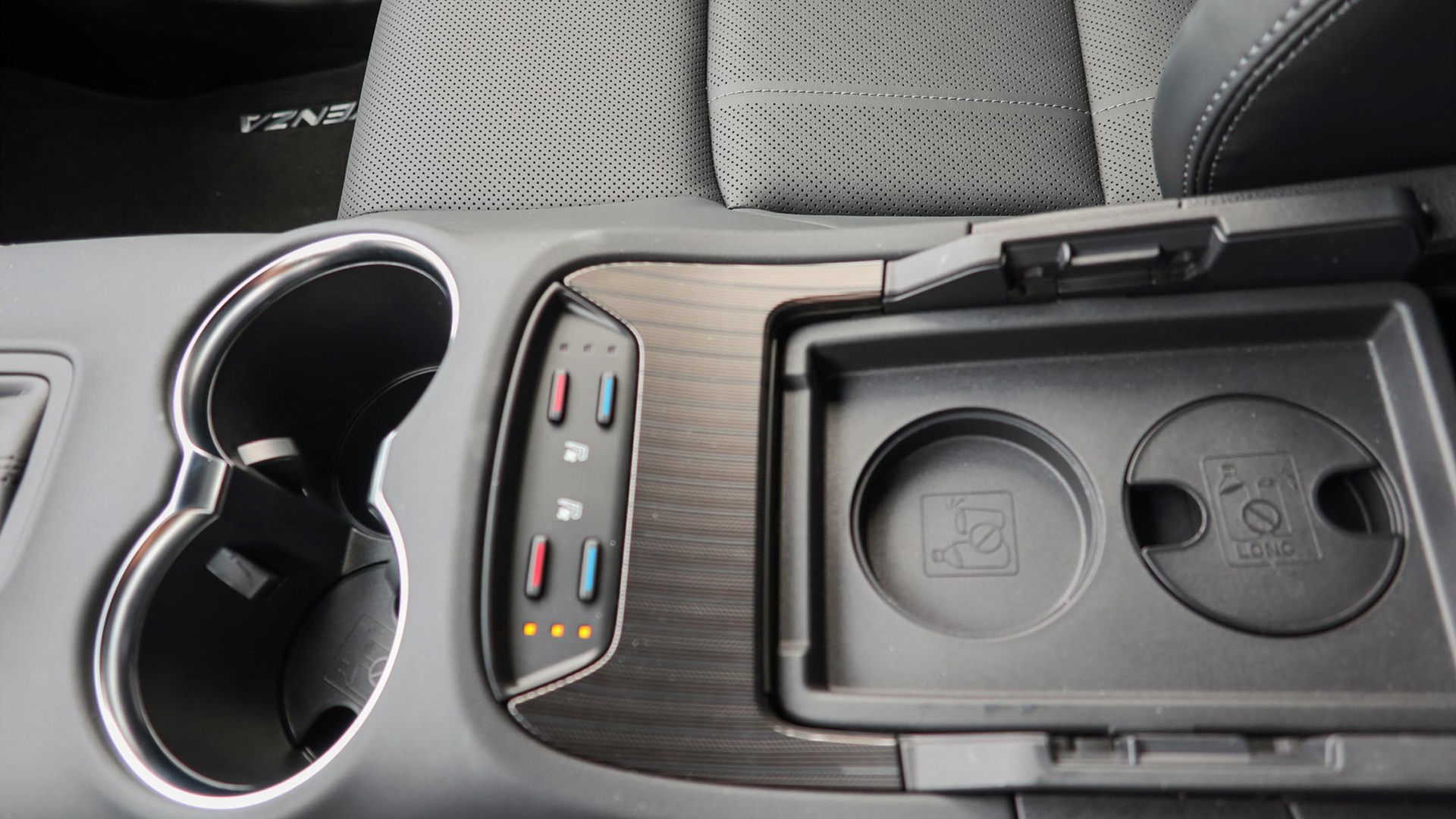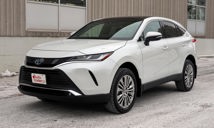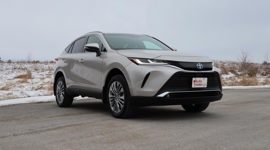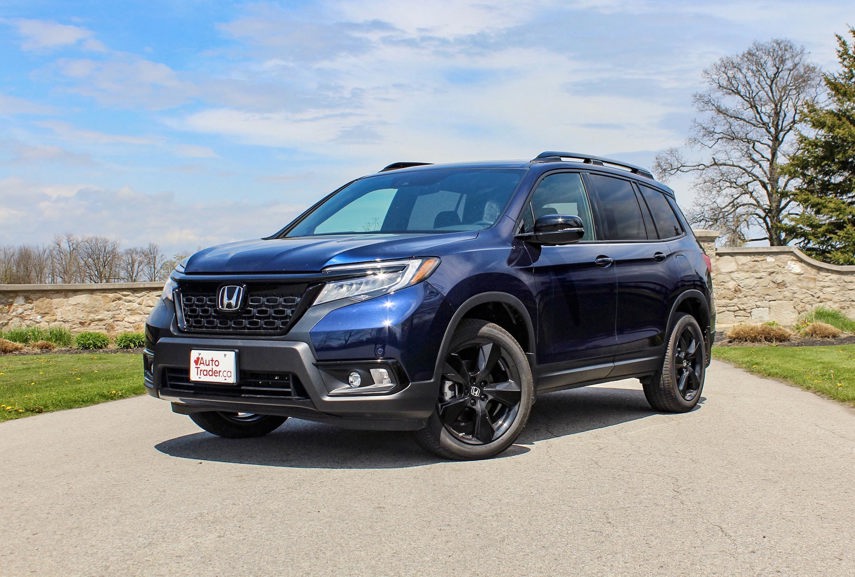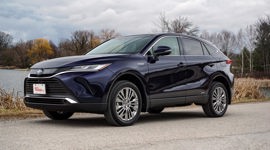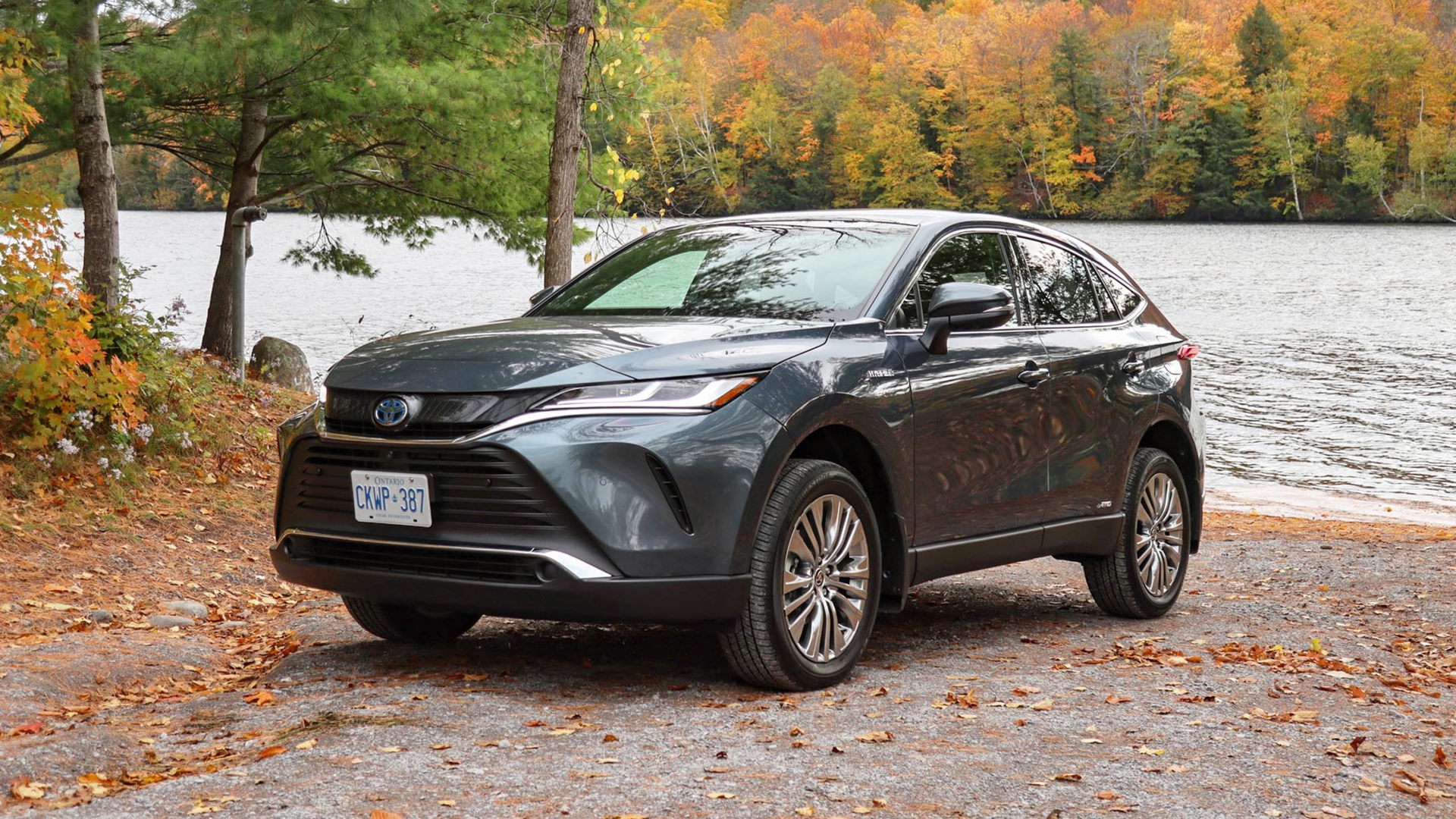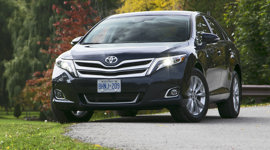 AutoTrader SCORE
AutoTrader SCORE
-
STYLING8/10
-
Safety9/10
-
PRACTICALITY6/10
-
USER-FRIENDLINESS6/10
-
FEATURES8/10
-
POWER8/10
-
COMFORT8/10
-
DRIVING FEEL8/10
-
FUEL ECONOMY9/10
-
VALUE7/10
Mid-level luxury is becoming popular, and that’s where the 2022 Toyota Venza neatly slots in.
Its interior borders on Lexus lite status, and it comes only as a gas-electric hybrid. Introduced for 2021 as an all-new model, it’s unchanged for this year. It comes in three trim levels, starting with the LE at $41,040, including a non-negotiable delivery fee of $1,890. I drove the mid-level XLE at $47,040, which had a $255 coat of Ruby Flare Pearl paint added. The top-level Limited is $50,440 before tax.
Styling: 8/10
The Venza is a good-looking if not spectacular vehicle. It blends into the general look of the compact crossover segment, but I find that preferable to way-out styling, such as the gape-mouth grille on some Lexus models.
The interior may be polarizing; it’s interesting if a little cluttered, with its angular components packed together in the dash. As I’ll get to a little later, there’s some form over function, which limits its small-item storage, and the position of a big screen up top on the dash makes it susceptible to glare when the sun hits it. However, the materials are top-notch and the fit-and-finish is excellent. This cabin could slide into a Lexus and no one would be the wiser.
Safety: 9/10
The Venza gets the highest five-star crash-test rating from the United States National Highway Traffic Safety Administration (NHTSA), along with Top Safety Pick from the Insurance Institute for Highway Safety (IIHS). The IIHS also gives it a “Good+” for ease-of-use with its child seat tethers.
All three trims include emergency front braking with pedestrian and bicycle detection, automatic high-beam headlights, lane departure assist, adaptive cruise control, lane centring, blind-spot monitoring with cross-traffic alert, and, of course, the rearview camera that’s mandatory on all new vehicles. The XLE adds low-speed rear cross-traffic braking, while the Limited further adds bird’s-eye cameras.
Features: 8.5/10
The Venza’s entry LE model includes 18-inch wheels, automatic climate control, heated power-adjustable seats, a power-adjustable steering column, cargo cover, power tailgate, LED headlights, approach lights, remote start, a wireless charger, four USB charging ports, an eight-inch centre touchscreen, Apple CarPlay and Android Auto (although not wireless), and satellite radio.
My XLE built on that with its 12.3-inch screen, premium audio, touch-control function panel, faux-leather upholstery, ventilated seats, driver’s-side memory, heated steering wheel, auto-dimming rearview mirror, hands-free tailgate, and 19-inch wheels. Should you want to move up to the Limited, you get a head-up display, rain-sensing wipers, LED fog lights, and a panoramic sunroof with electrochromic glass. Rather than a sunshade, you press a button and the glass goes clear or to a light-diffusing frosted look. But for all that, no trim levels include heated rear seats or wireless device connectivity, which are surprising omissions.
User Friendliness: 6/10
It’s easy to get in and out of the Venza, and to load cargo in the back, but then once you’re in the driver’s seat, you have to deal with the controls, and I’m not impressed with them in my tester, with its oversized screen and capacitive touch panel.
I like buttons and dials because they’re simple to use and far less distracting than tapping icons. The climate and stereo controls are touchpoints on the tablet-style screen up top, and the capacitive touch panel below. First you have to find the spot, or bring up the screen menu, and then tap or slide to increase the temperature, fan speed or volume. Each time, you have to take your eyes off the road to do it. There is a volume control on the steering wheel, but even with redundant controls, each one should be quick and easy to use, and overall, these are not.
Practicality: 6.5/10
The Venza is a roomy vehicle in both the front and rear seats, and with good headroom in both, but it’s meant more for passengers than for cargo. Its 815-L cargo compartment pales against competitors like the Honda CR-V’s 1,110-L capacity, and the hatch opening and cargo floor are high and you must lift your items up to get them in.
The door pockets are fairly roomy, but the design of the dash and console doesn’t allow for very much small-item storage, which is something I’ve come to expect in an SUV. But there is a clever touch to the cupholders, which include inserts to accommodate shorter cups. When you remove them for taller cups, they store in slots inside the console box.
Comfort: 8/10
The Venza’s front seats are comfortable and supportive, and while the rear chairs are flatter, they’ll be fine for most, especially with the legroom provided. The ride is firm but it’s not unpleasant, and a bump has to be fairly harsh to make its way up the suspension and into the cabin. It’s also quiet inside, adding to the vehicle’s premium feel.
Power: 8/10
The Venza shares its platform and driveline with that of the Toyota RAV4 Hybrid. It uses a 2.5L four-cylinder engine that, on its own, makes 176 hp and 163 lb-ft of torque, and comes mated to an automatic continuously variable transmission (CVT). When combined with the hybrid’s electric motor, the system makes a combined maximum of 219 hp. It’s a good fit, with smooth acceleration and enough power for highway passing.
The hybrid system is self-charging and doesn’t get plugged in. It switches automatically and seamlessly between gasoline, electricity, or a combination, depending on driving conditions. There’s a button for electric mode, but it’s pointless. It keeps the system in electric-only at low speeds, but the vehicle will automatically do that anyway, and if you go too fast or press the throttle too hard, it overrides the EV mode and the engine kicks in.
Driving Feel: 8/10
All Venza models include all-wheel drive, but rather than a mechanical system, there’s a separate electric motor for the rear wheels. It’s front-wheel only under most driving conditions, but the rear wheels power up as needed when the front tires slip, and on acceleration from a stop for extra traction and full power.
There’s not a lot of steering feel, but the Venza is responsive to steering input, and it’s smooth and well-planted around corners. The hybrid battery self-charges through regenerative braking, capturing energy otherwise lost during deceleration and converting it to electricity. In hybrids of days gone by, this could result in a harsh brake pedal, but almost all have overcome that, and the Venza’s brakes feel smooth and well-modulated. Overall, it’s a nice vehicle to drive.
Fuel Economy: 9/10
The Venza is rated by Natural Resources Canada (NRCan) at 5.9 L/100 km in the city; 6.4 on the highway; and 6.1 in combined driving. In my week with it, I averaged 6.8 L/100 km, and it takes regular-grade gasoline.
Among other compact SUV hybrids (not plug-in hybrids), the Venza’s 6.1 L/100 km is within decimal points. The Ford Escape’s combined figure is 5.9 L/100 km, while the RAV4 Hybrid is 6.0. The Kia Sportage Hybrid is 6.2, while the Hyundai Tucson Hybrid racks up 6.4 L/100 km.
Value: 7/10
With delivery fees included, the Venza runs from $41,040 to $50,440. It doesn’t have a lot of competition in its segment — mid-level premium hybrid compact SUV — and its rivals, while not as luxurious inside, cost less. The RAV4 Hybrid upon which it’s based is priced between $35,240 and $46,540. Also with delivery fees, the new Kia Sportage Hybrid is $37,895 to $44,595; while the Hyundai Tucson Hybrid is $32,124 to $43,624. Honda will also offer a hybrid version of its CR-V to Canadian customers for 2023.
The Verdict
The 2022 Toyota Venza comes with pluses and minuses. It’s luxurious, roomy, fuel-efficient, heavy on driver-assist safety features, and very nice to drive; but it also comes with frustratingly unintuitive controls, limited front storage, and some missing features you might expect at this level, such as heated rear seats and wireless connectivity. But if you want to go upscale without going all the way to a pricier premium brand, it’s definitely worth a test-drive.
| Engine Displacement | 2.5L |
|---|---|
| Engine Cylinders | I4 |
| Peak Horsepower | 219 net hp |
| Peak Torque | N/A |
| Fuel Economy | 5.9 / 6.4 / 6.1 L/100 km cty/hwy/cmb |
| Cargo Space | 815 / 1,560 L seats up/down |
| Model Tested | 2022 Toyota Venza XLE |
| Base Price | $45,150 |
| A/C Tax | $100 |
| Destination Fee | $1,890 |
| Price as Tested | $47,395 |
|
Optional Equipment
$255 – Ruby Flare Pearl Paint, $255
|
|
